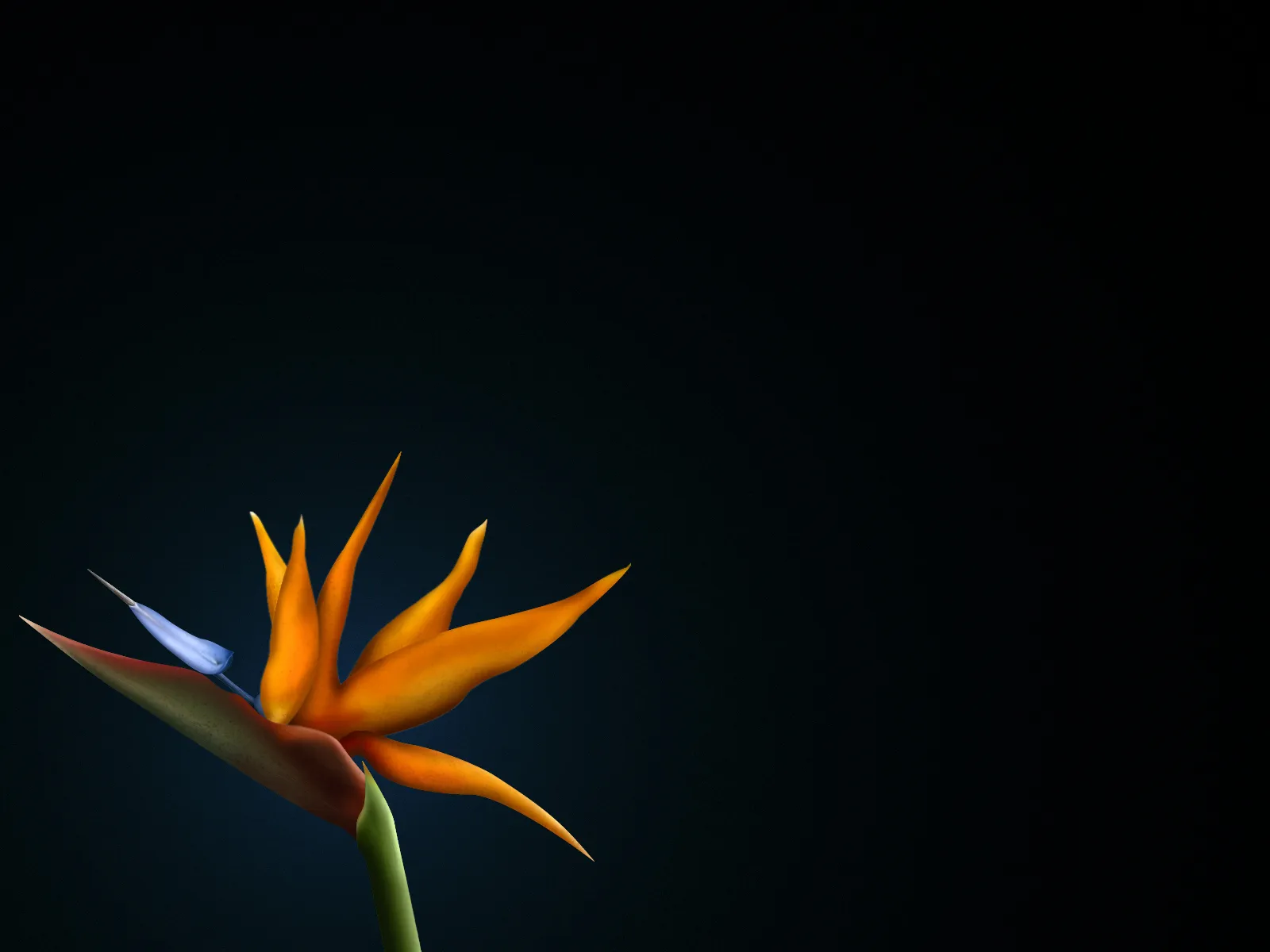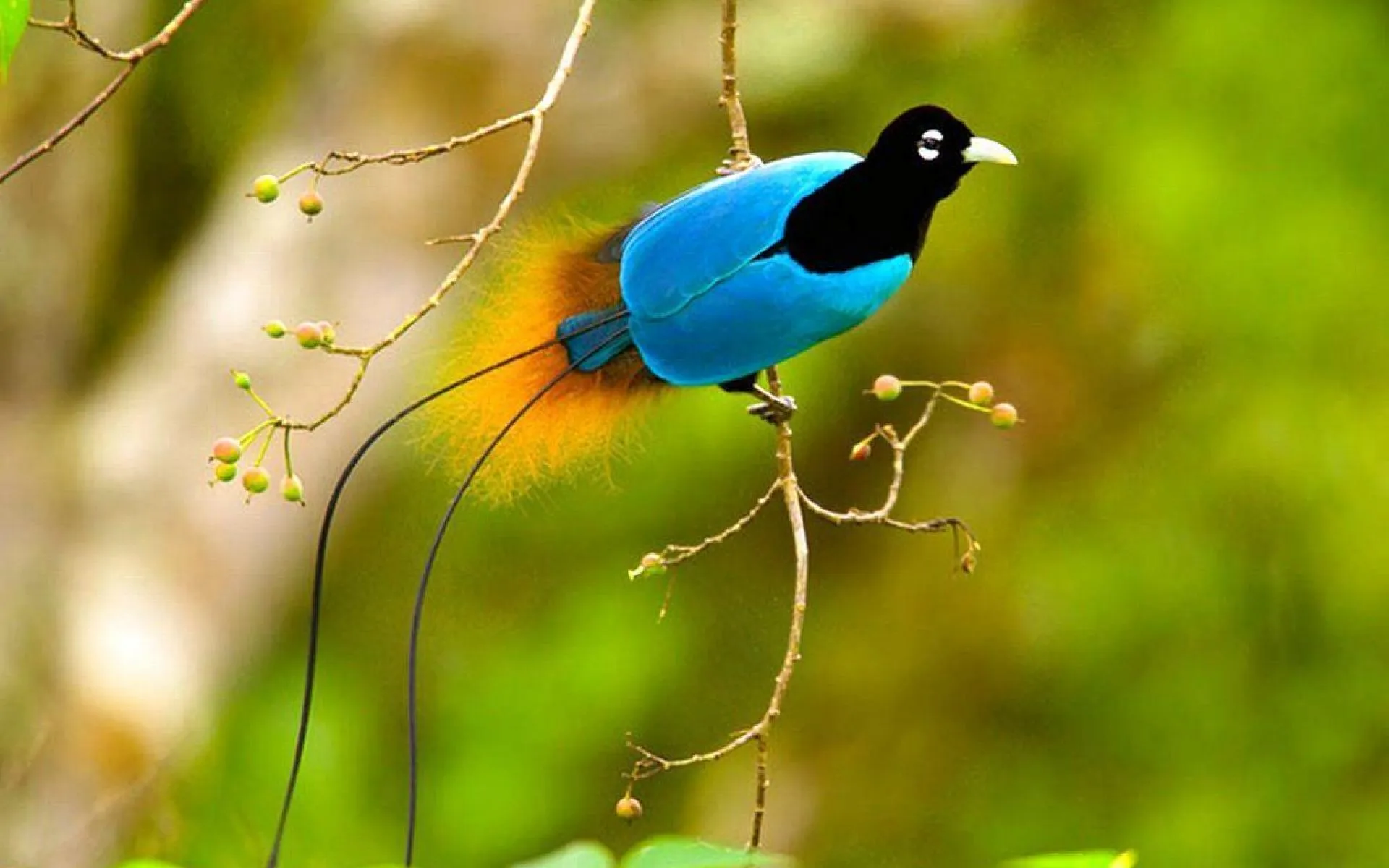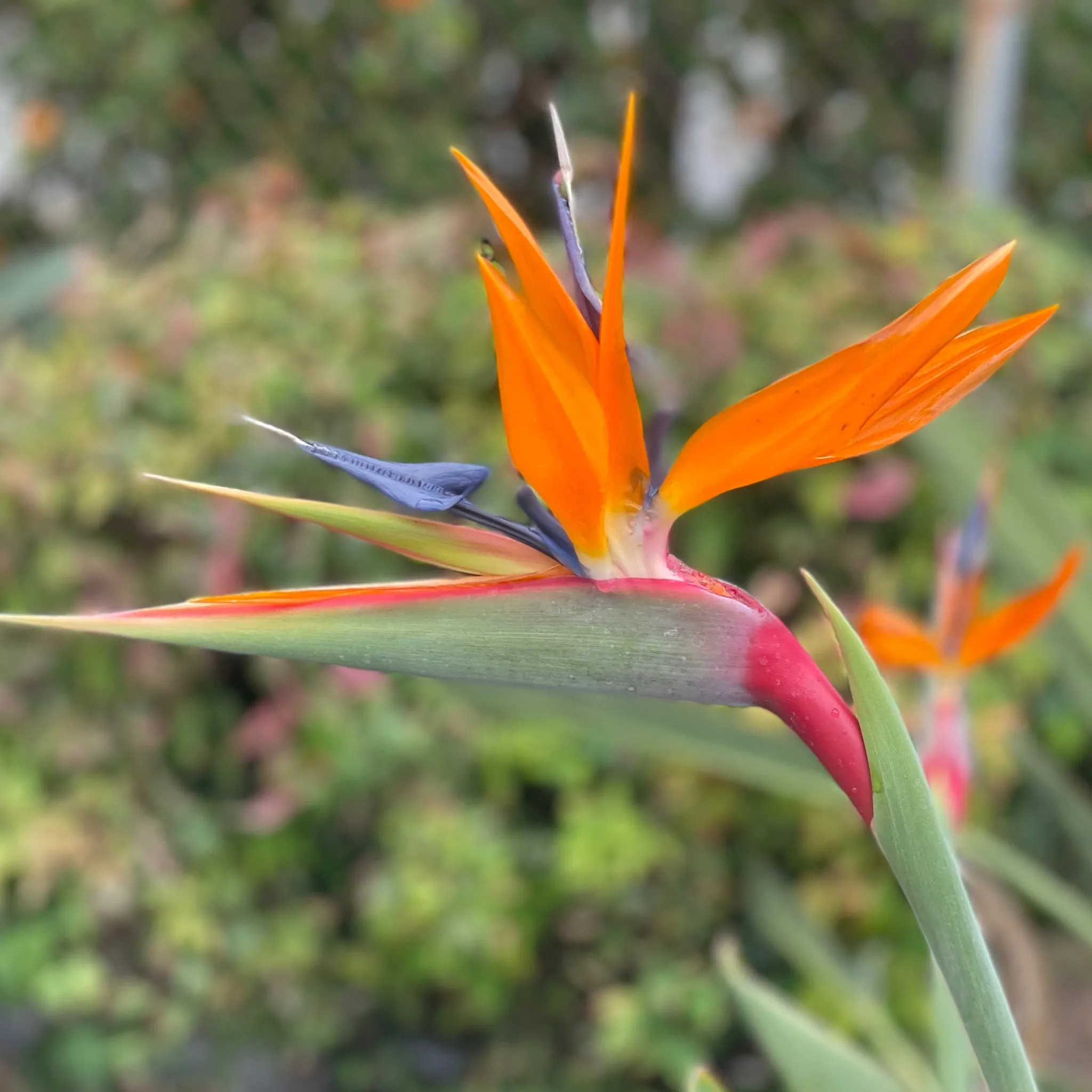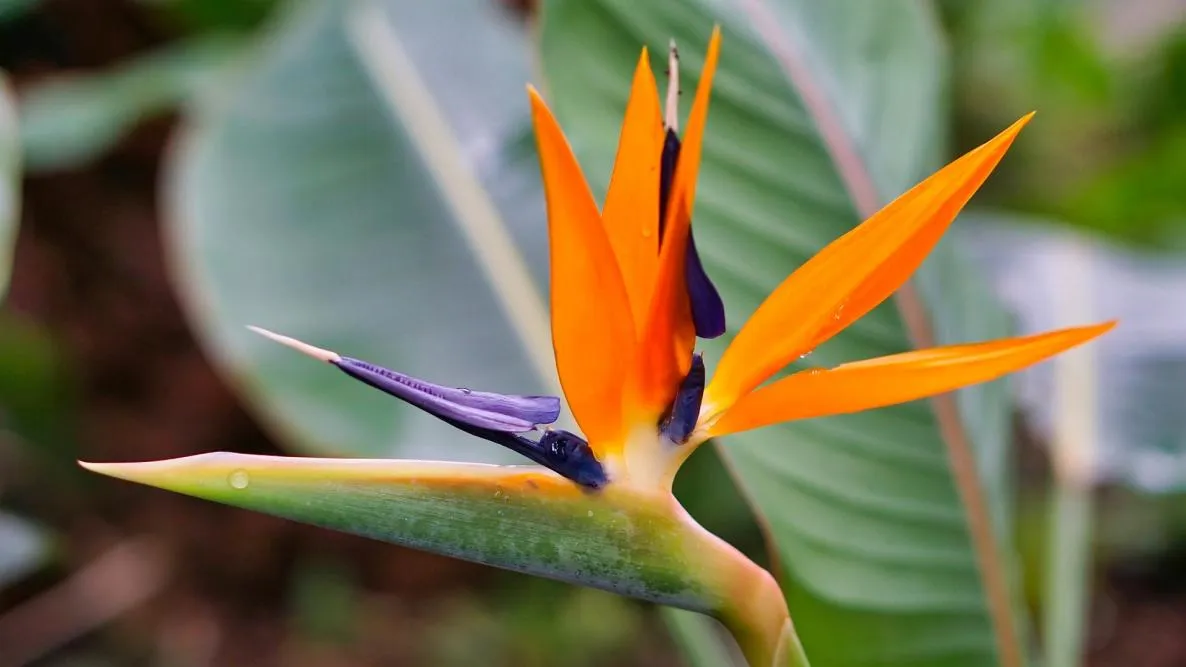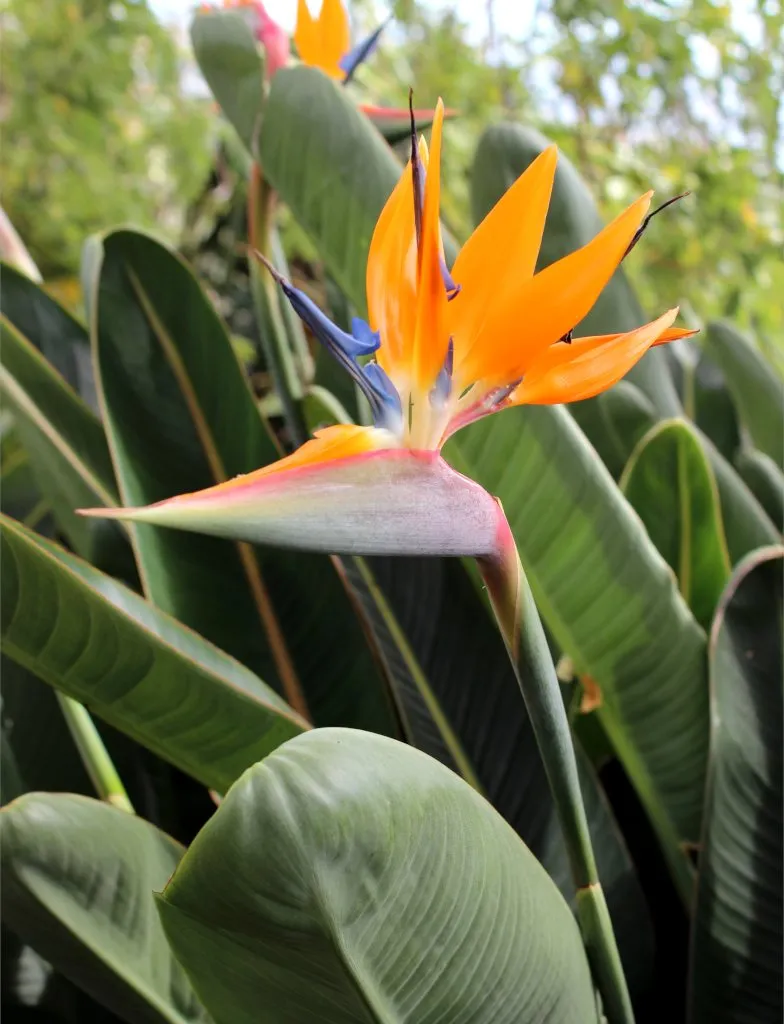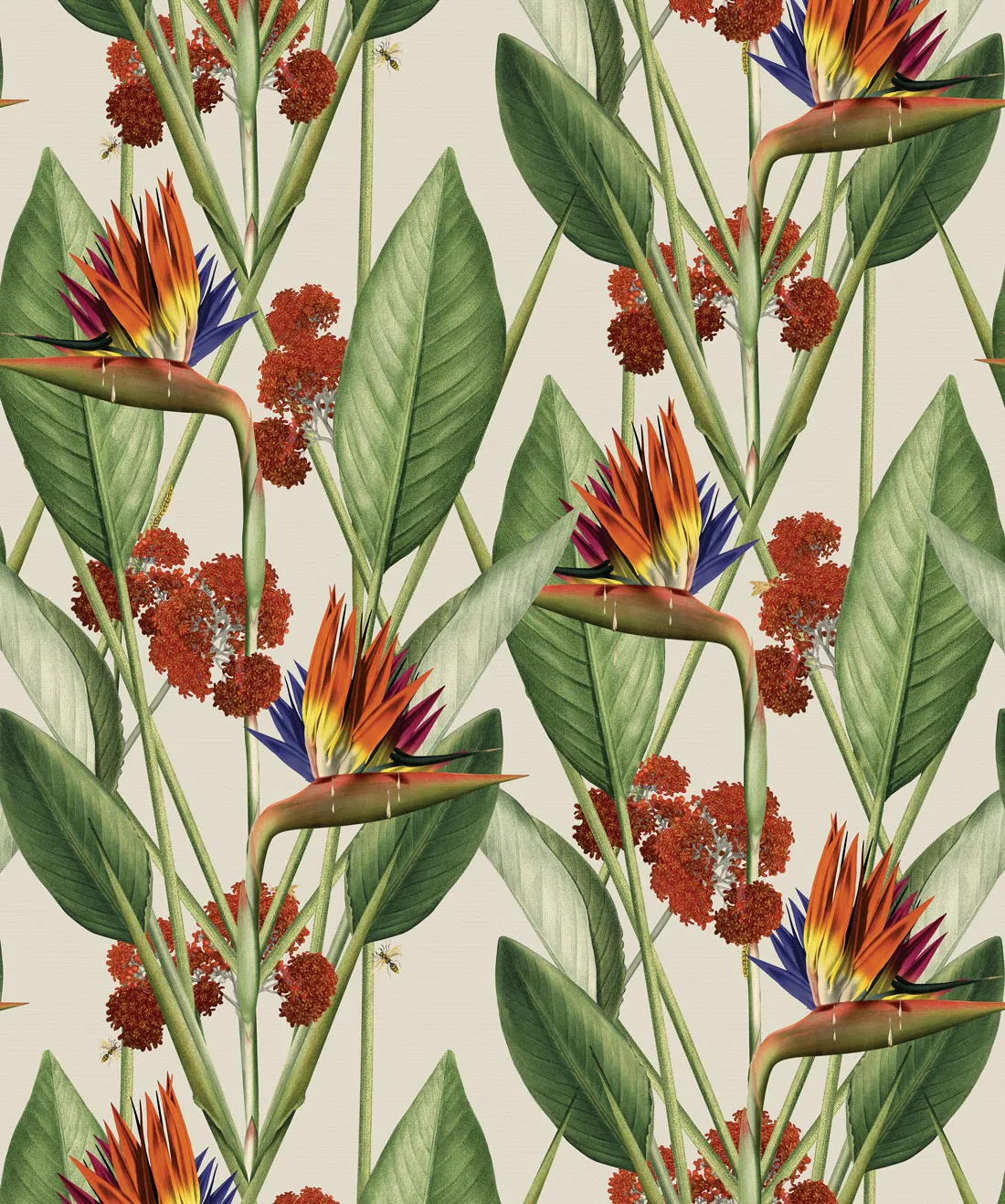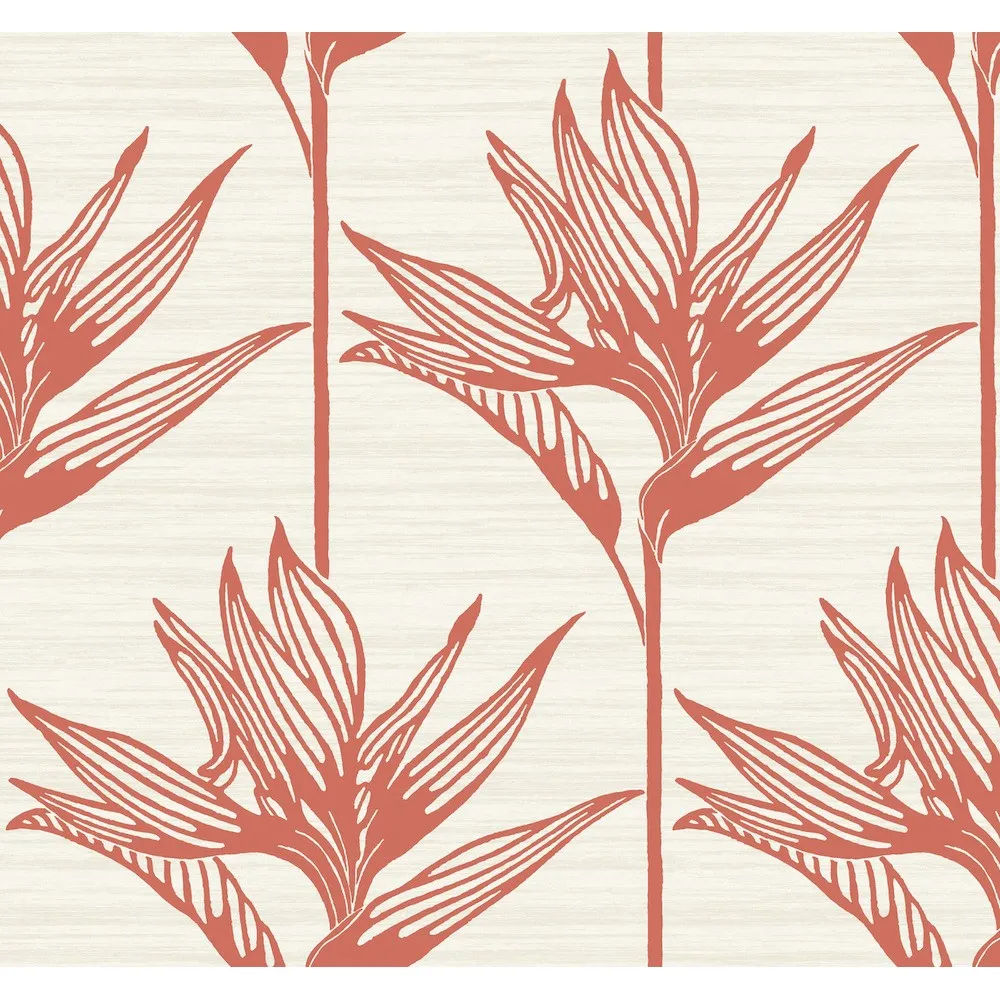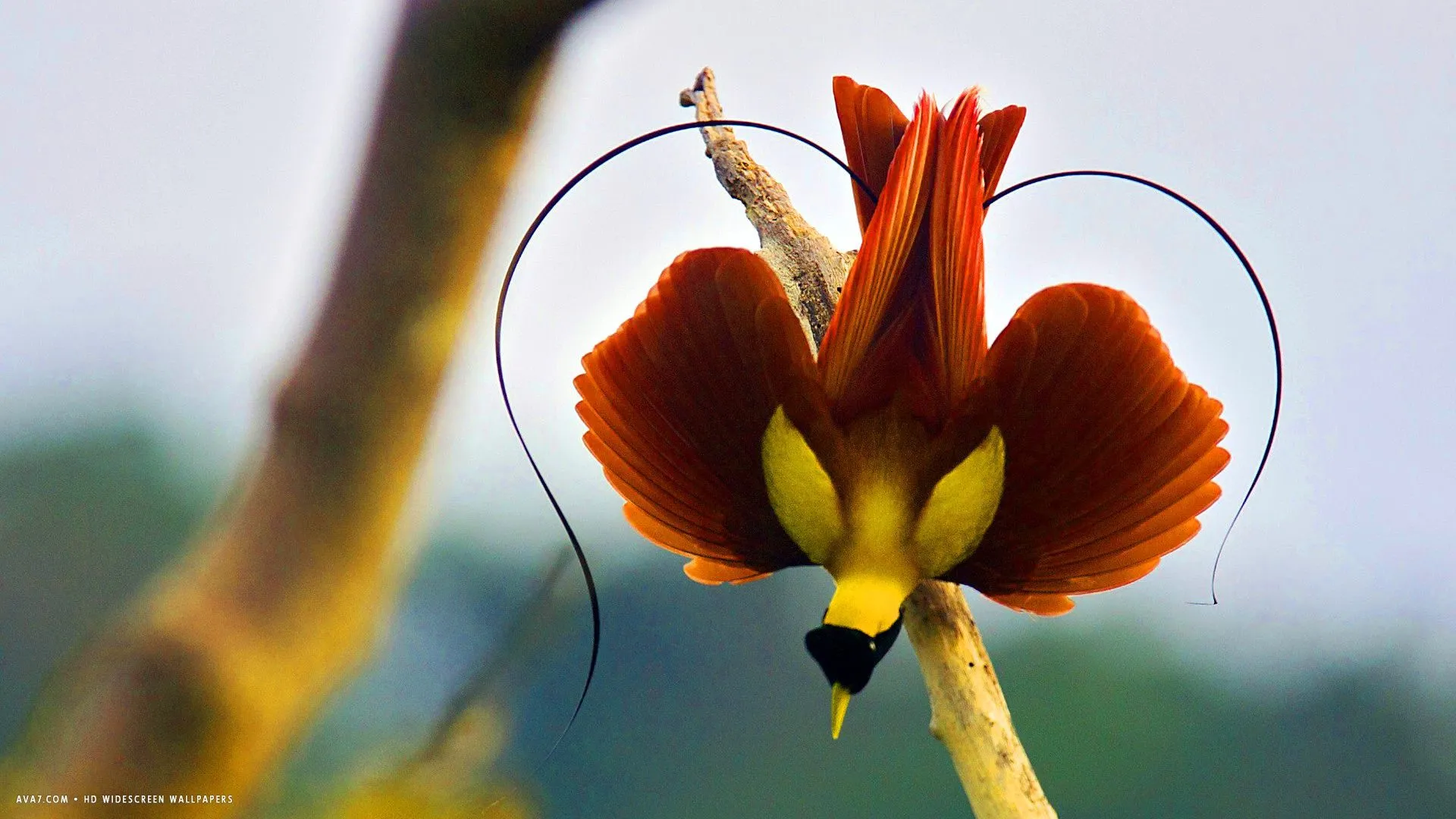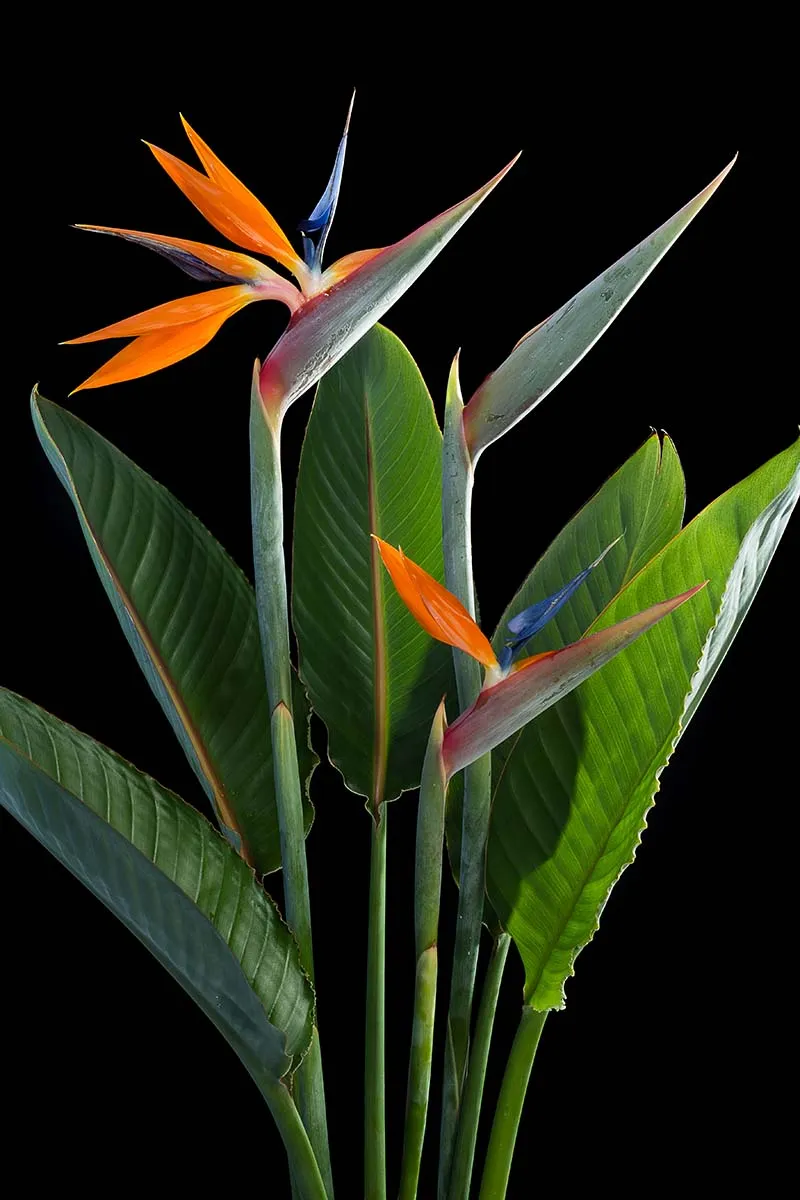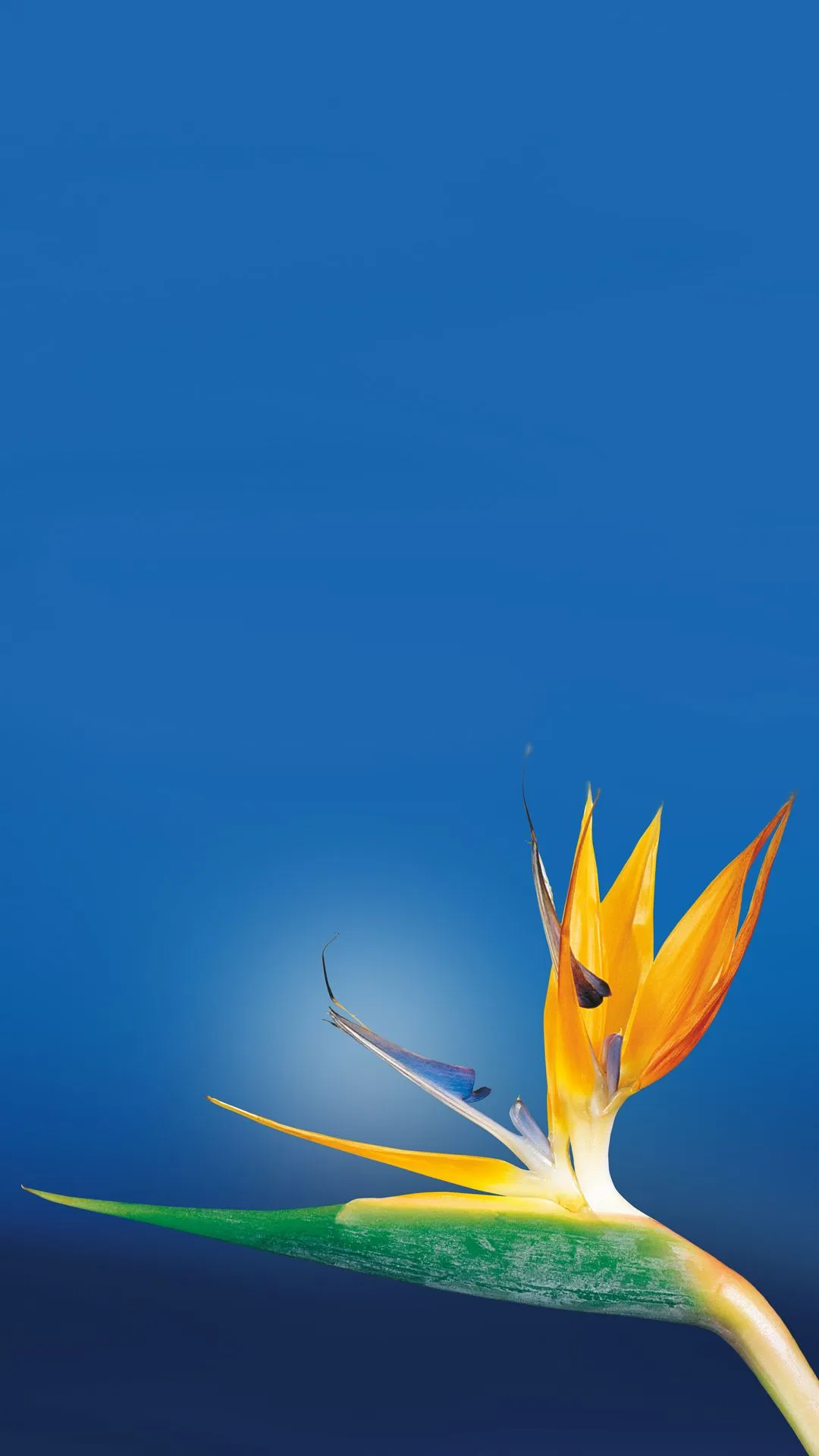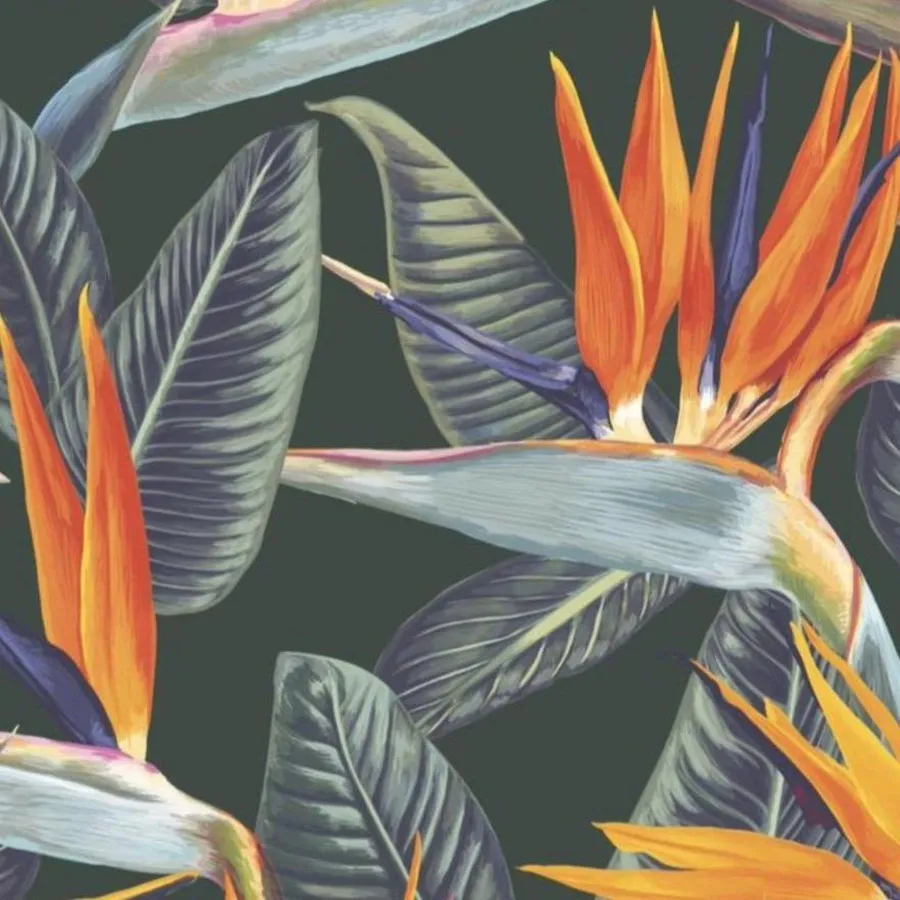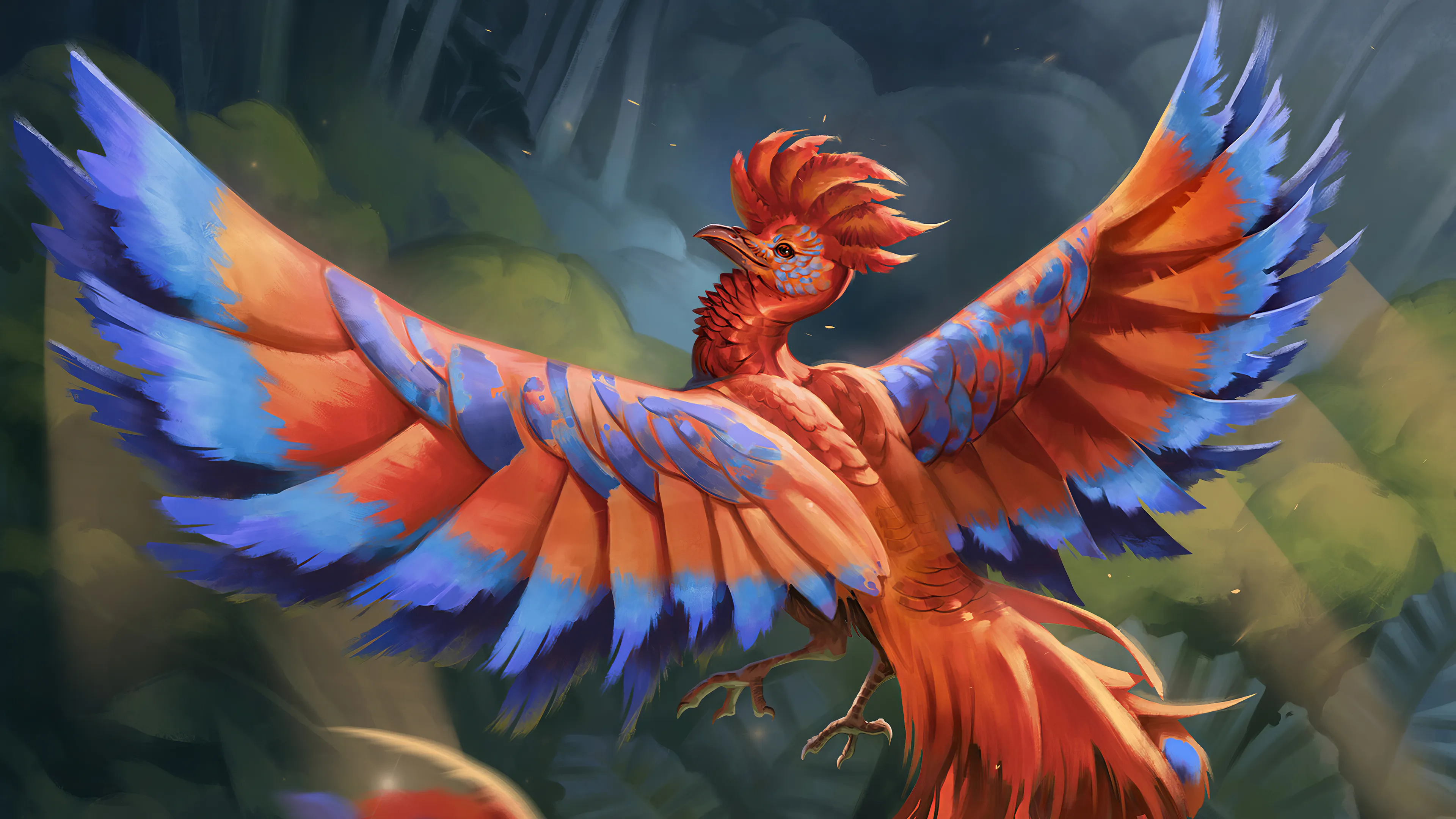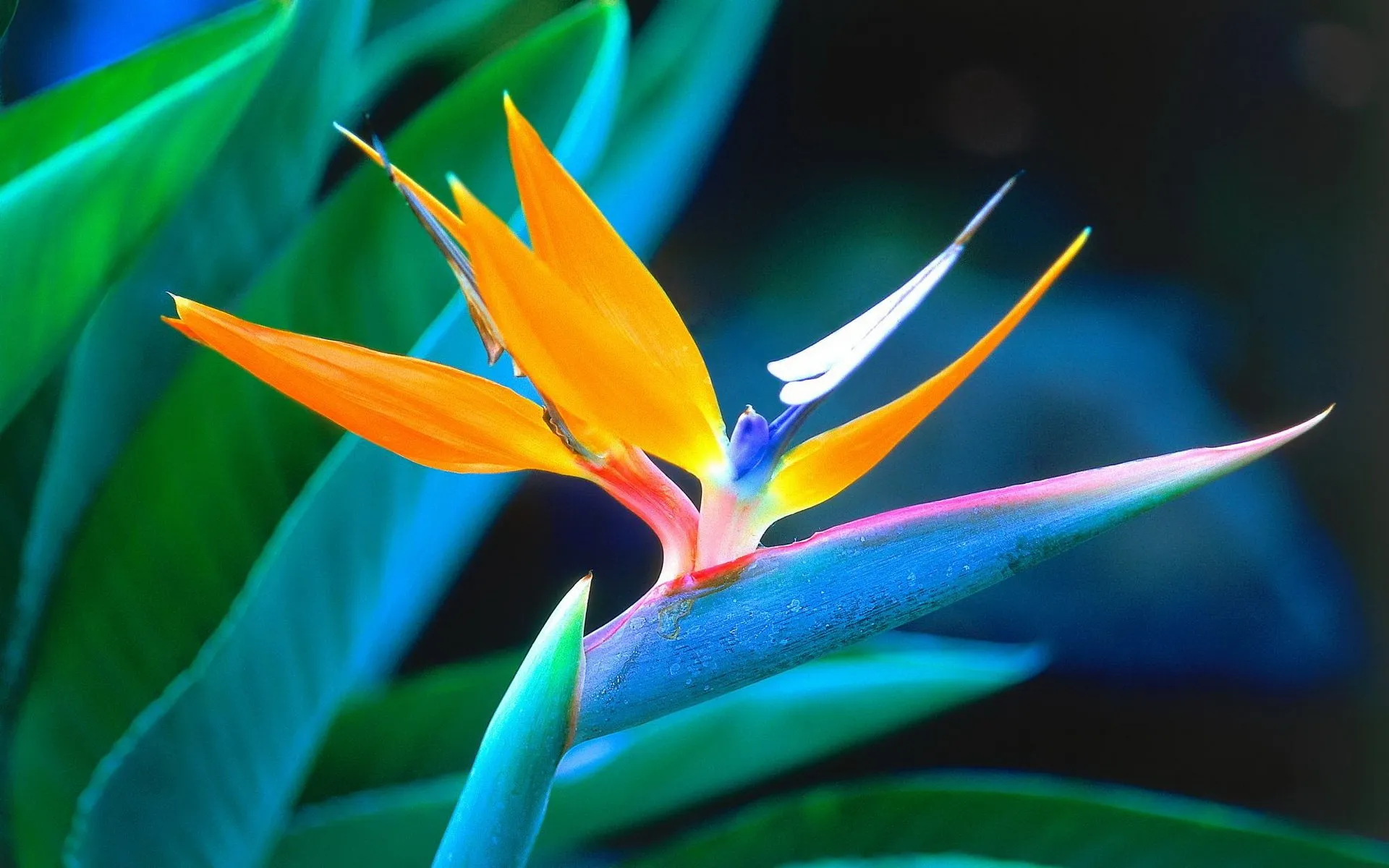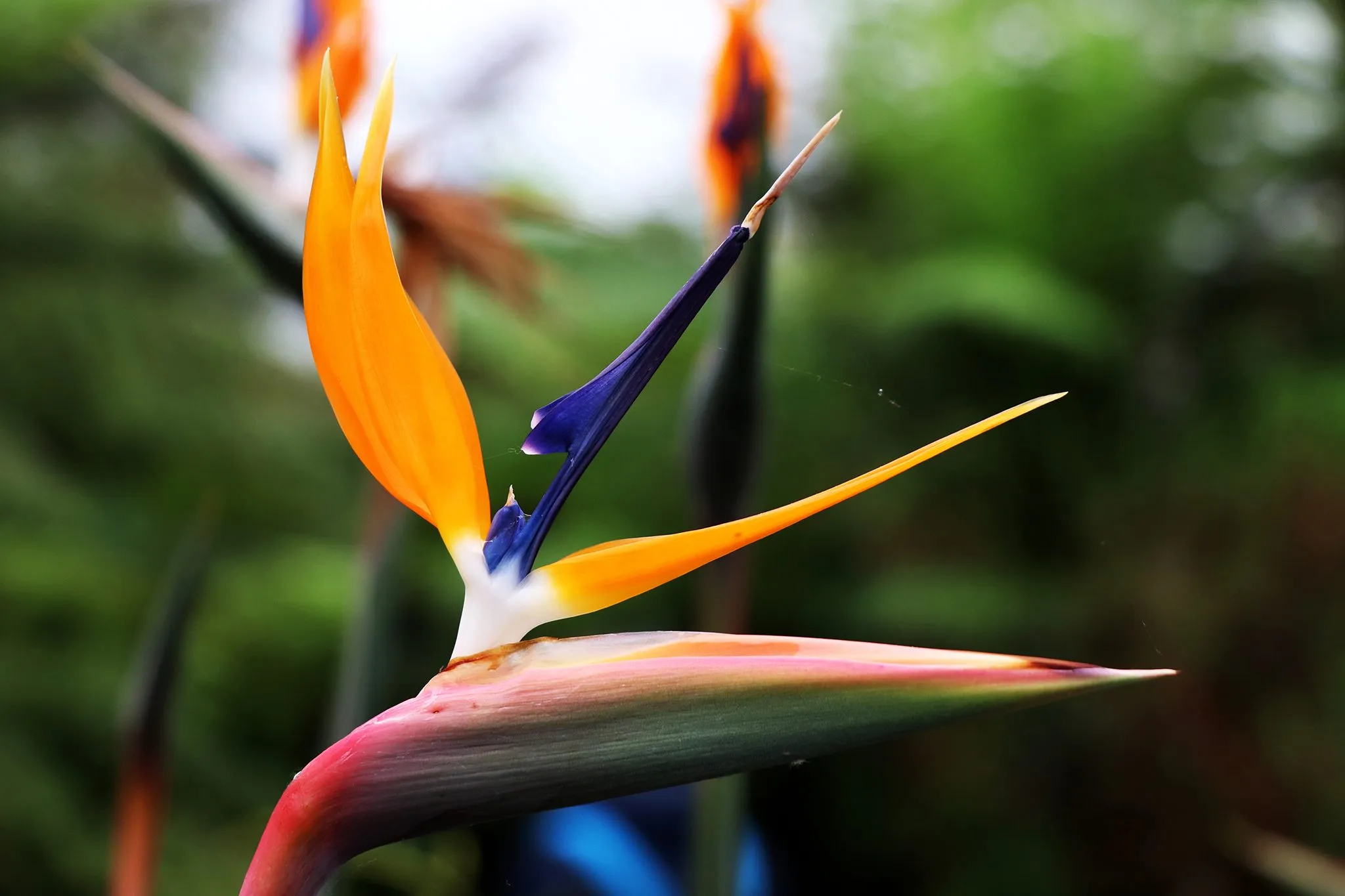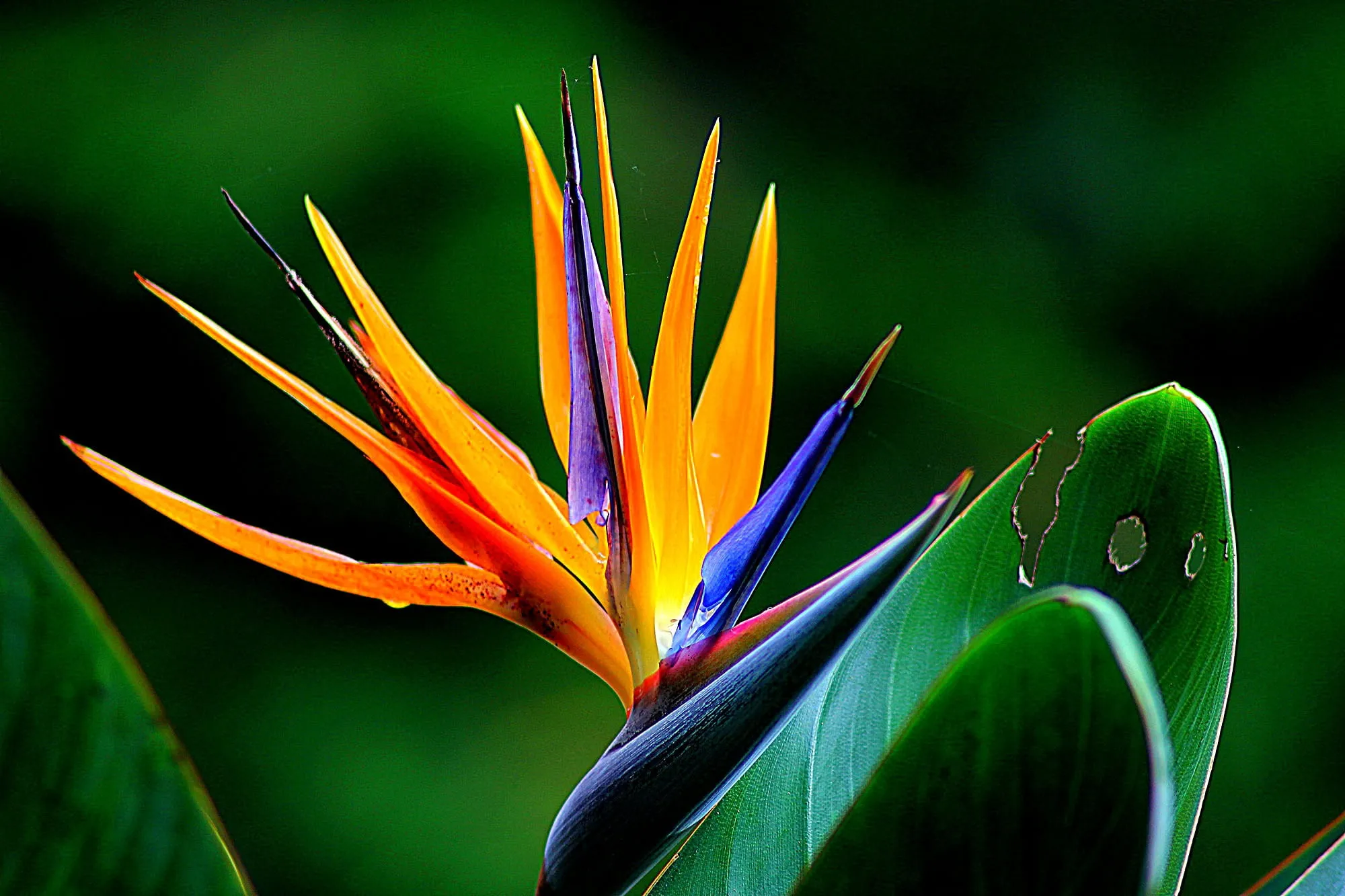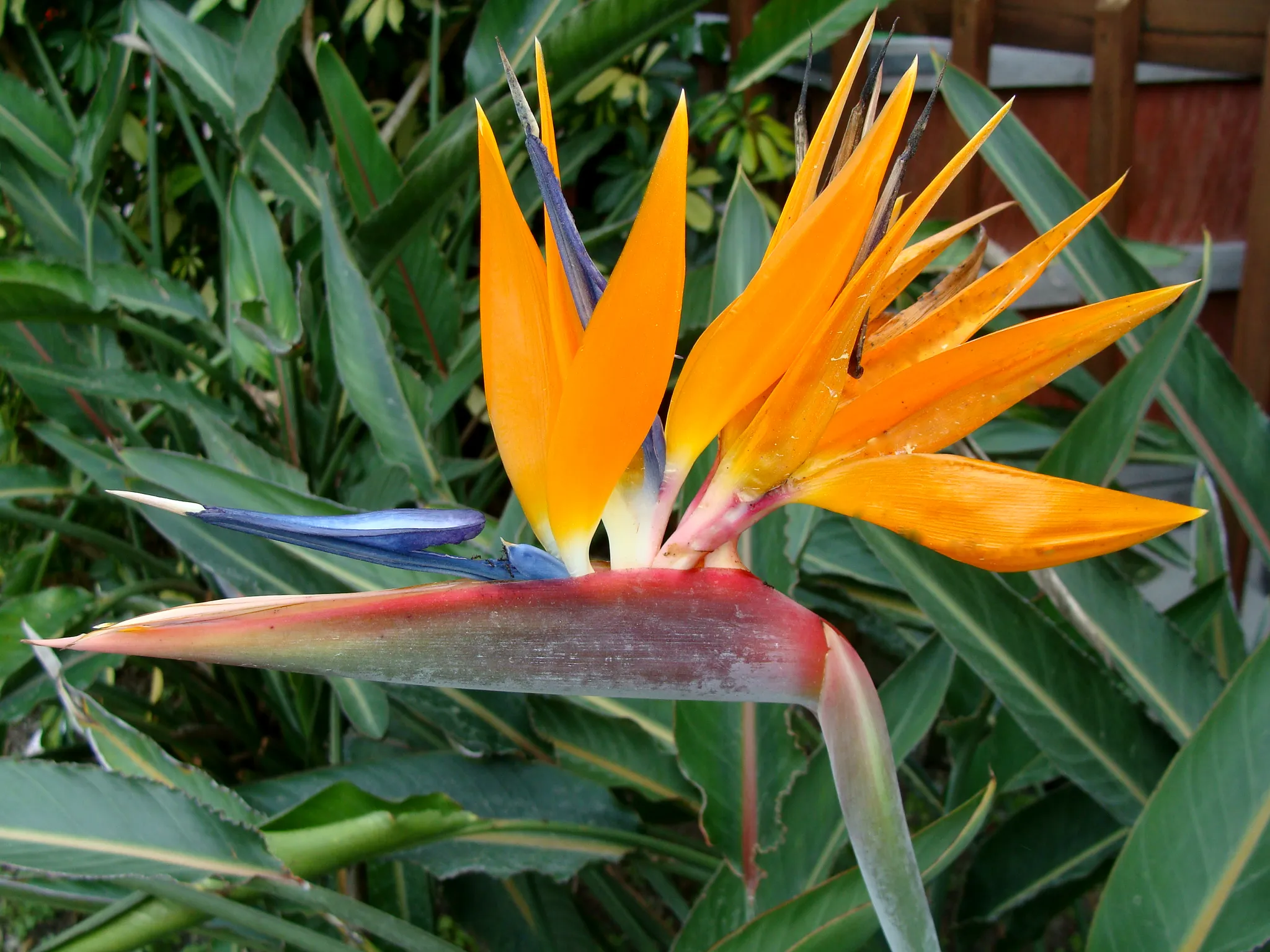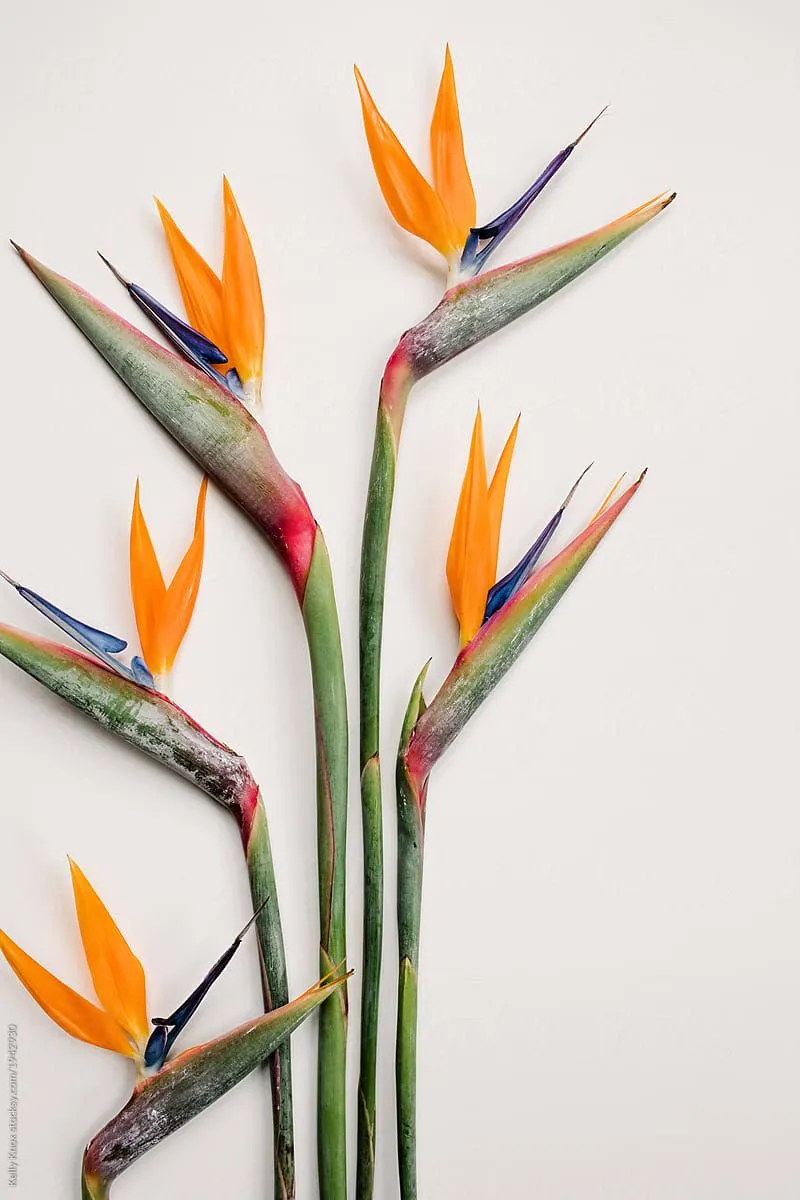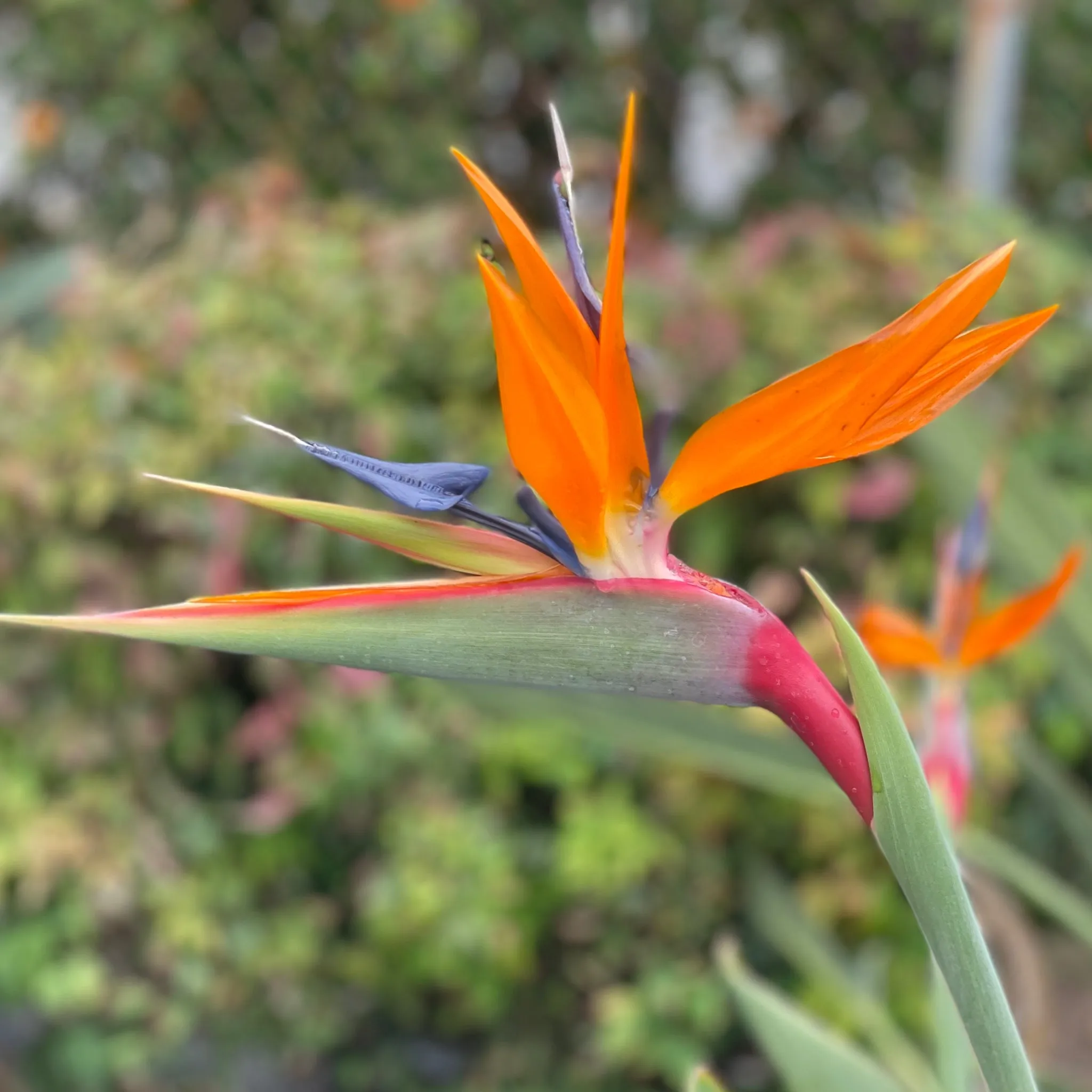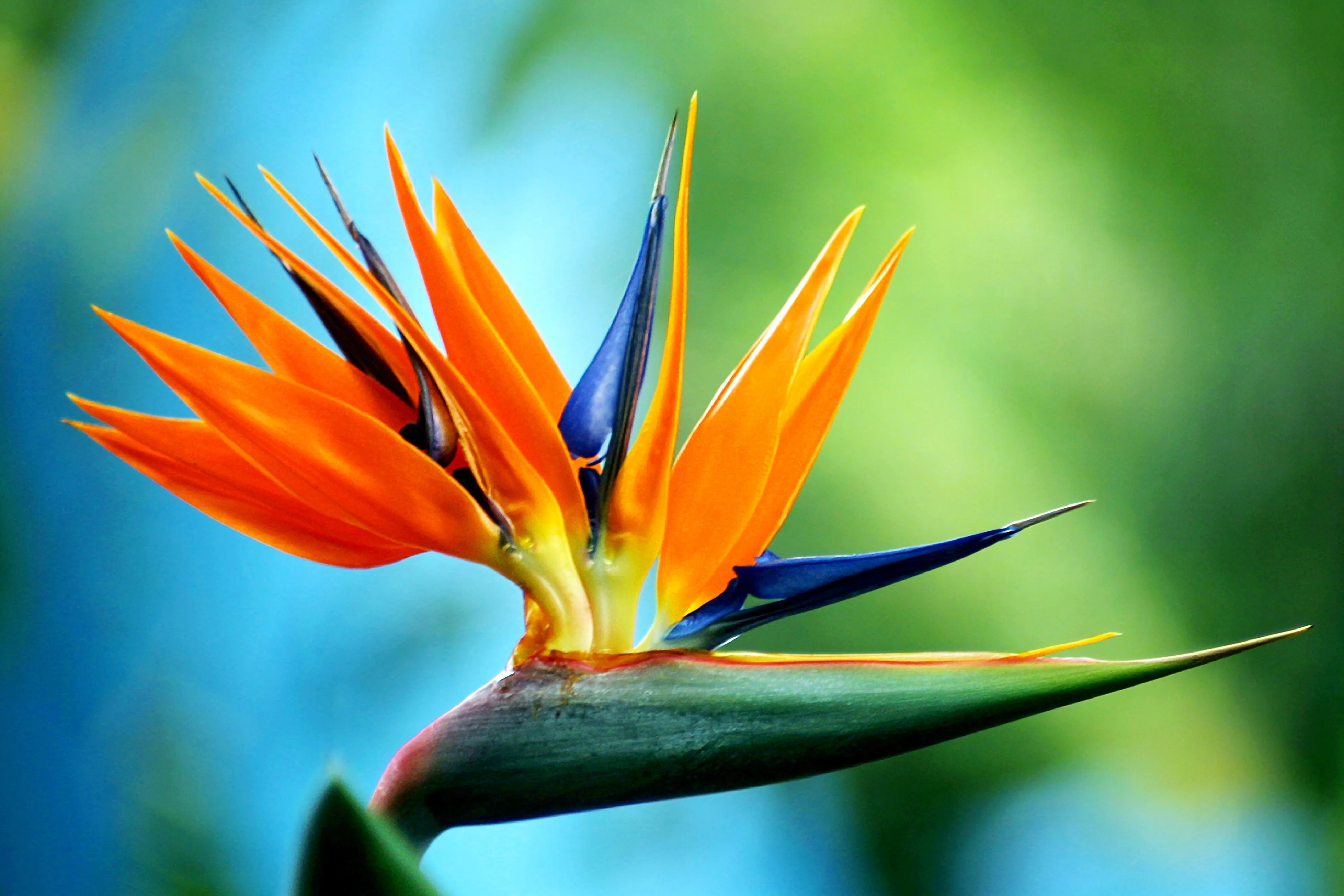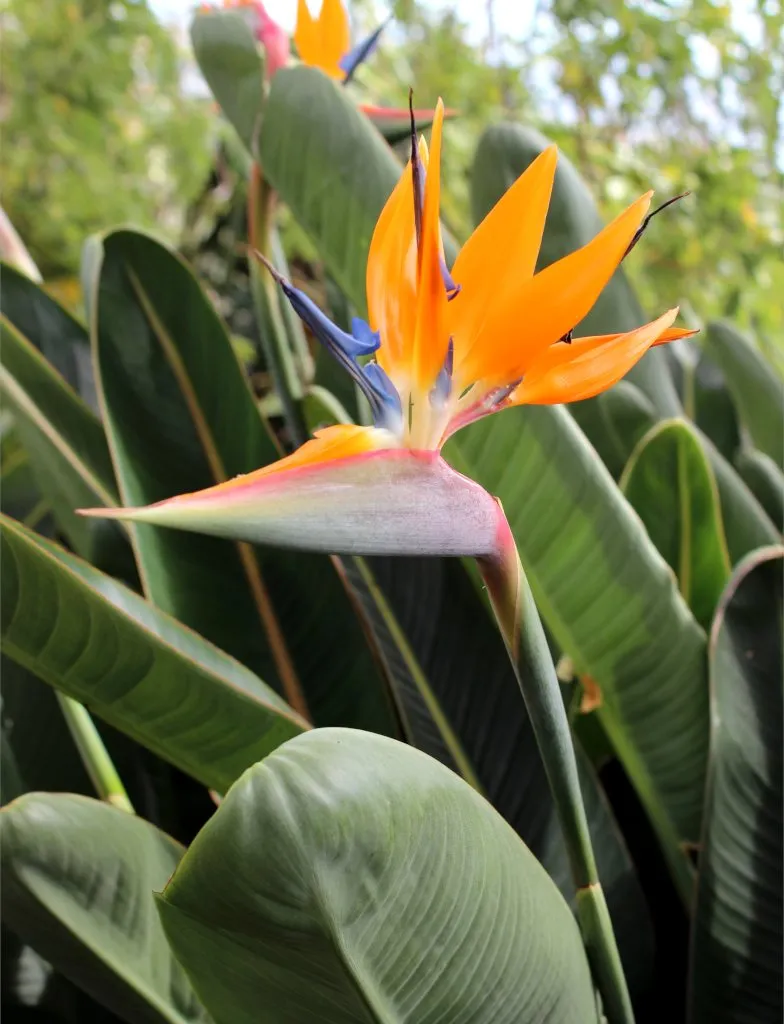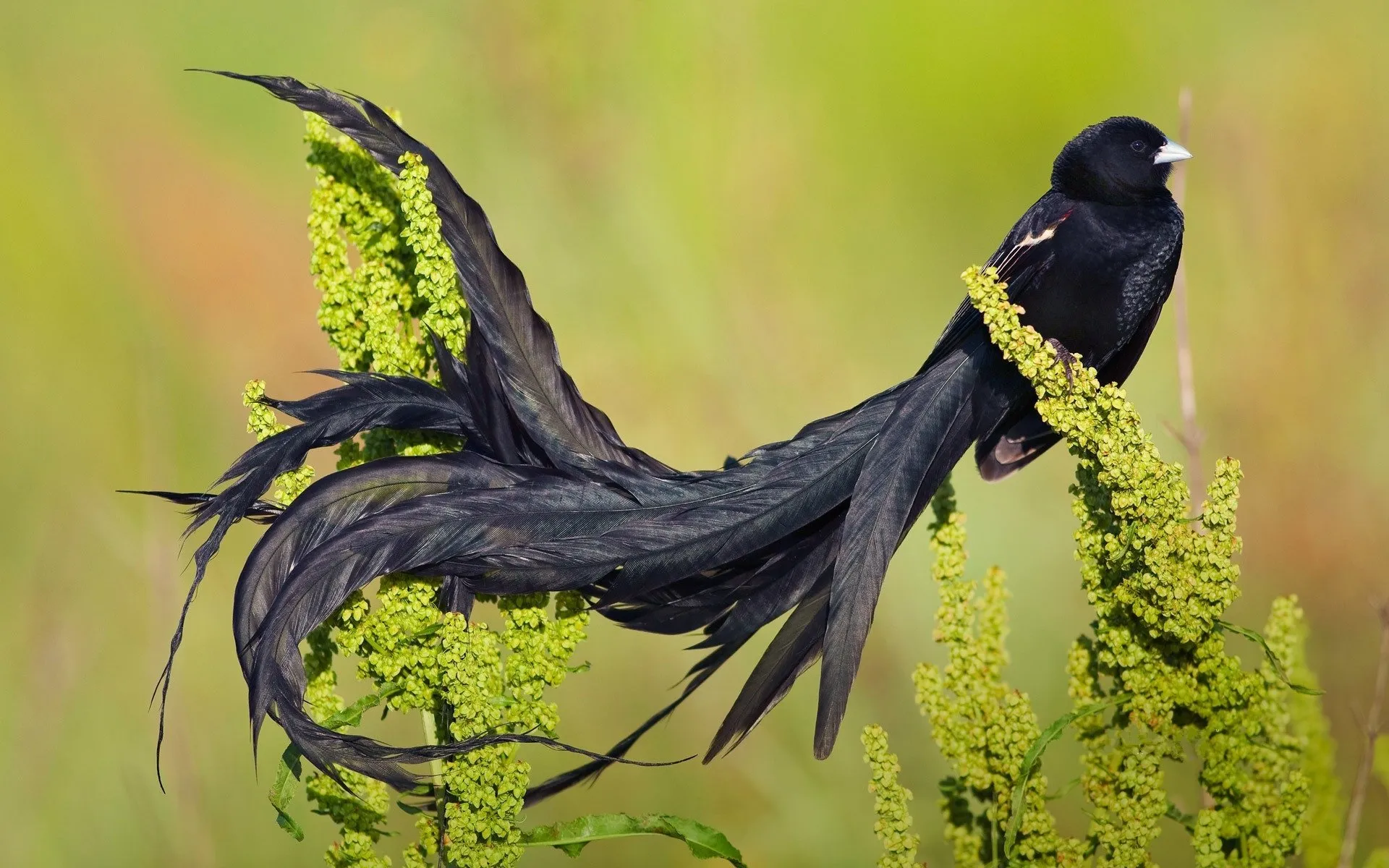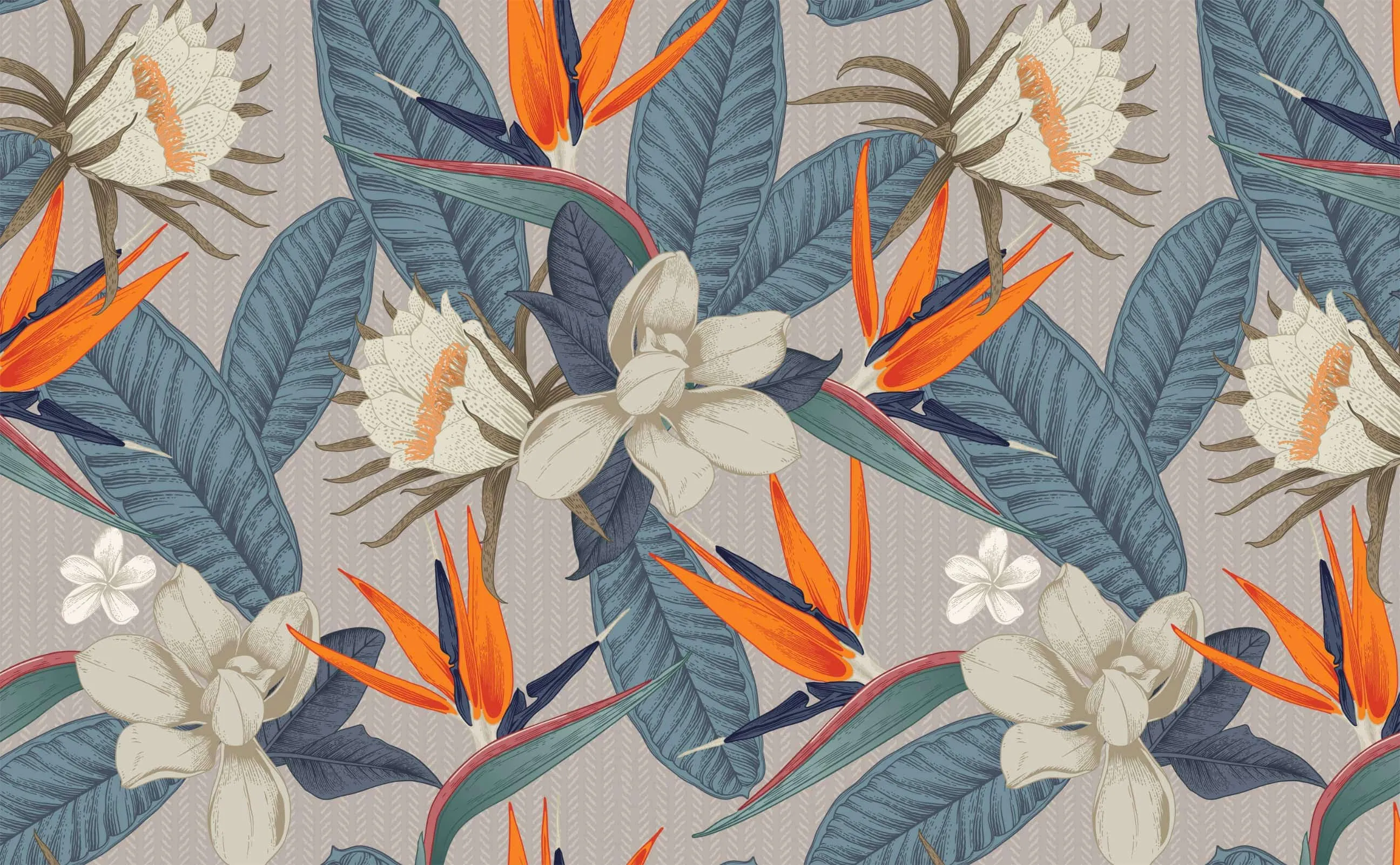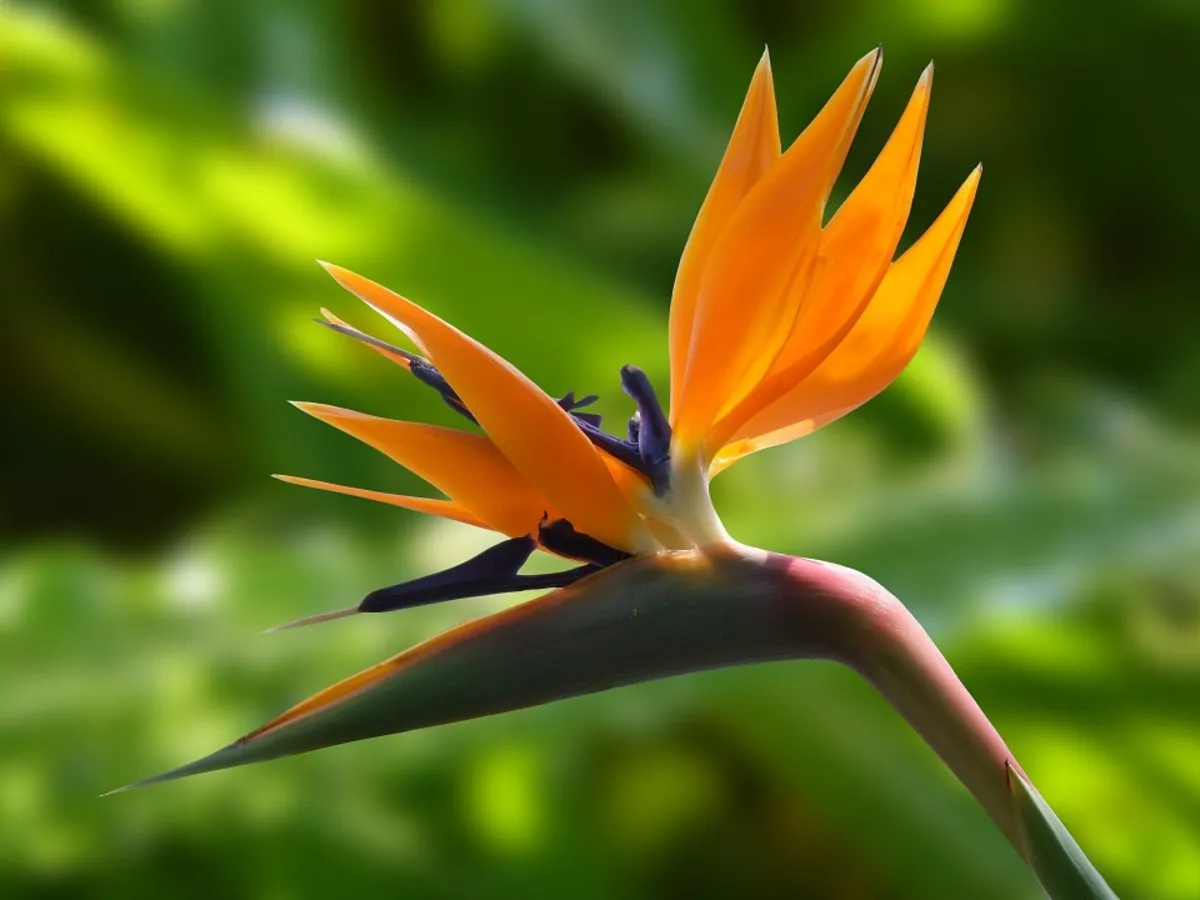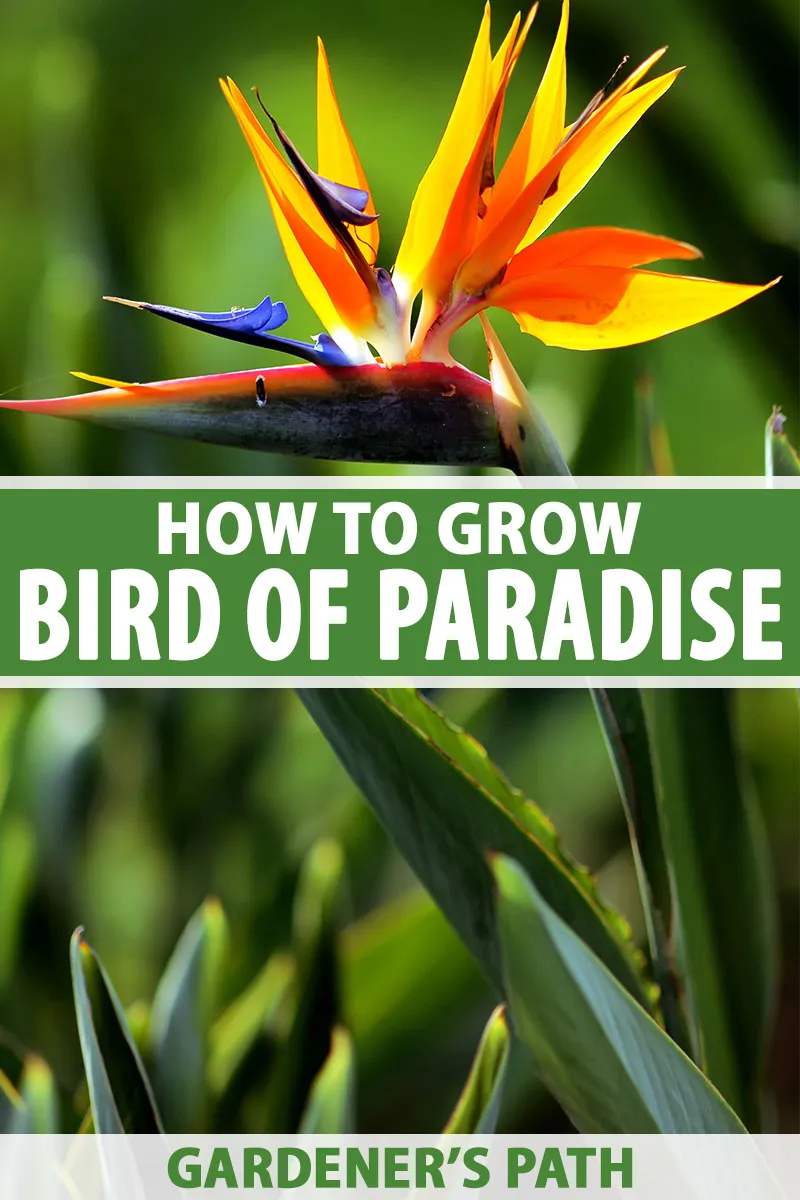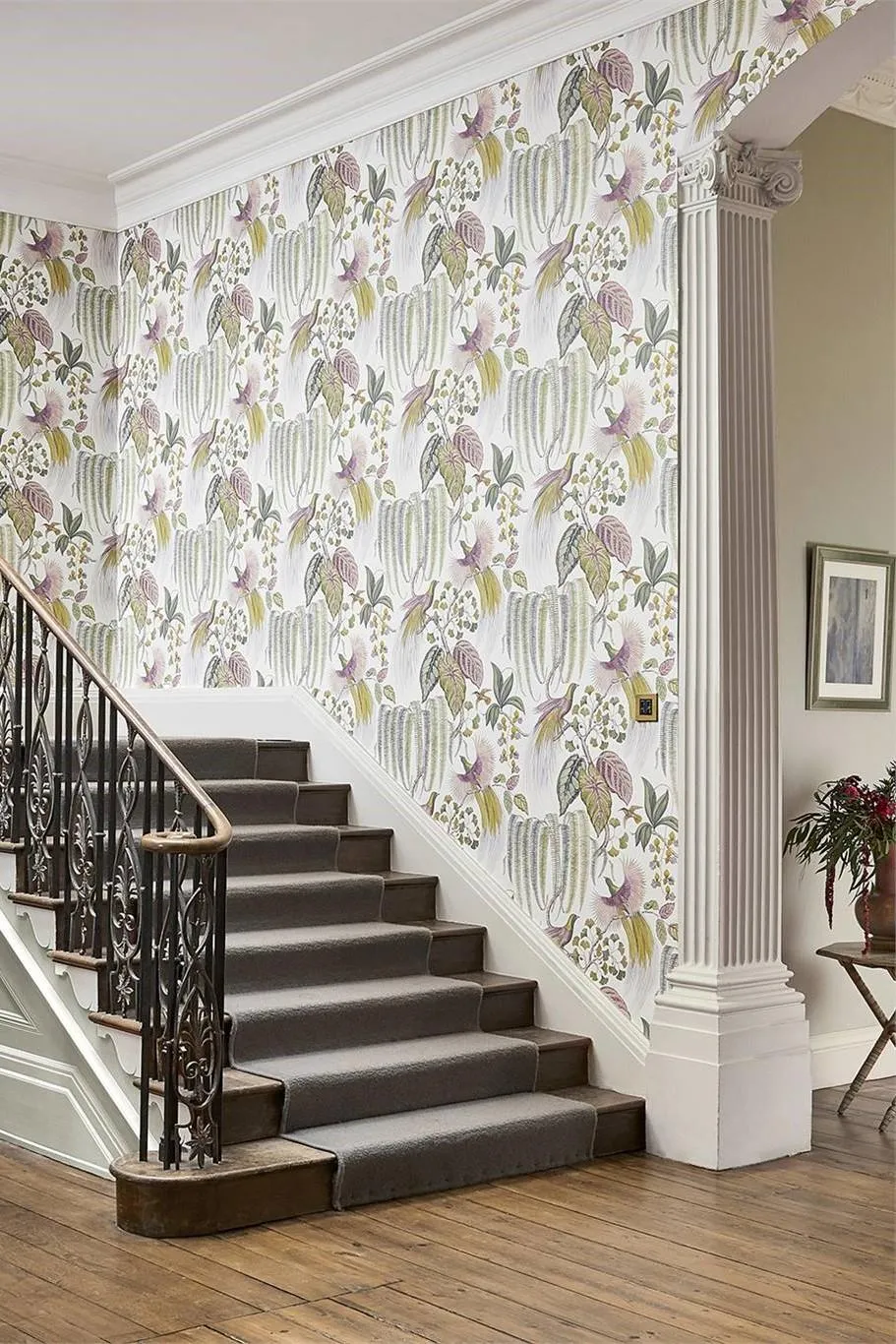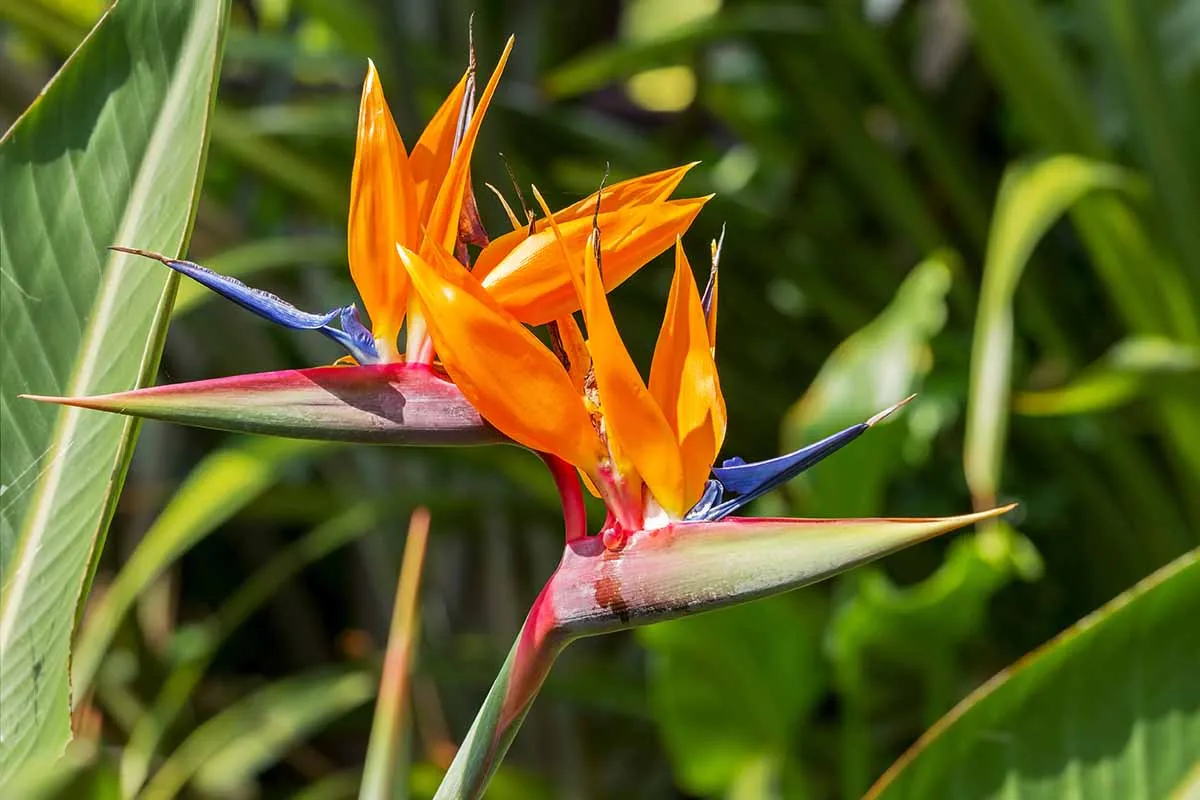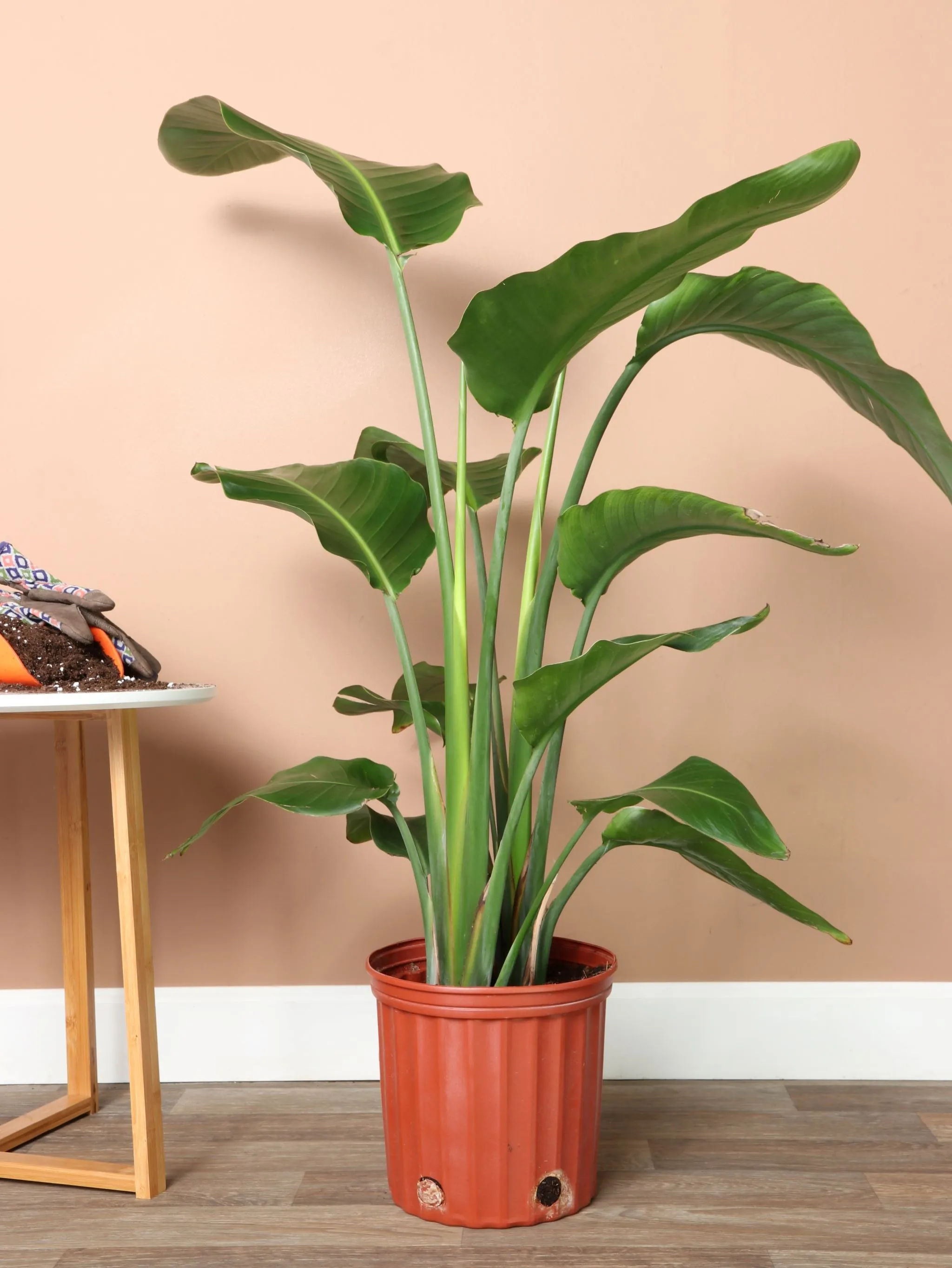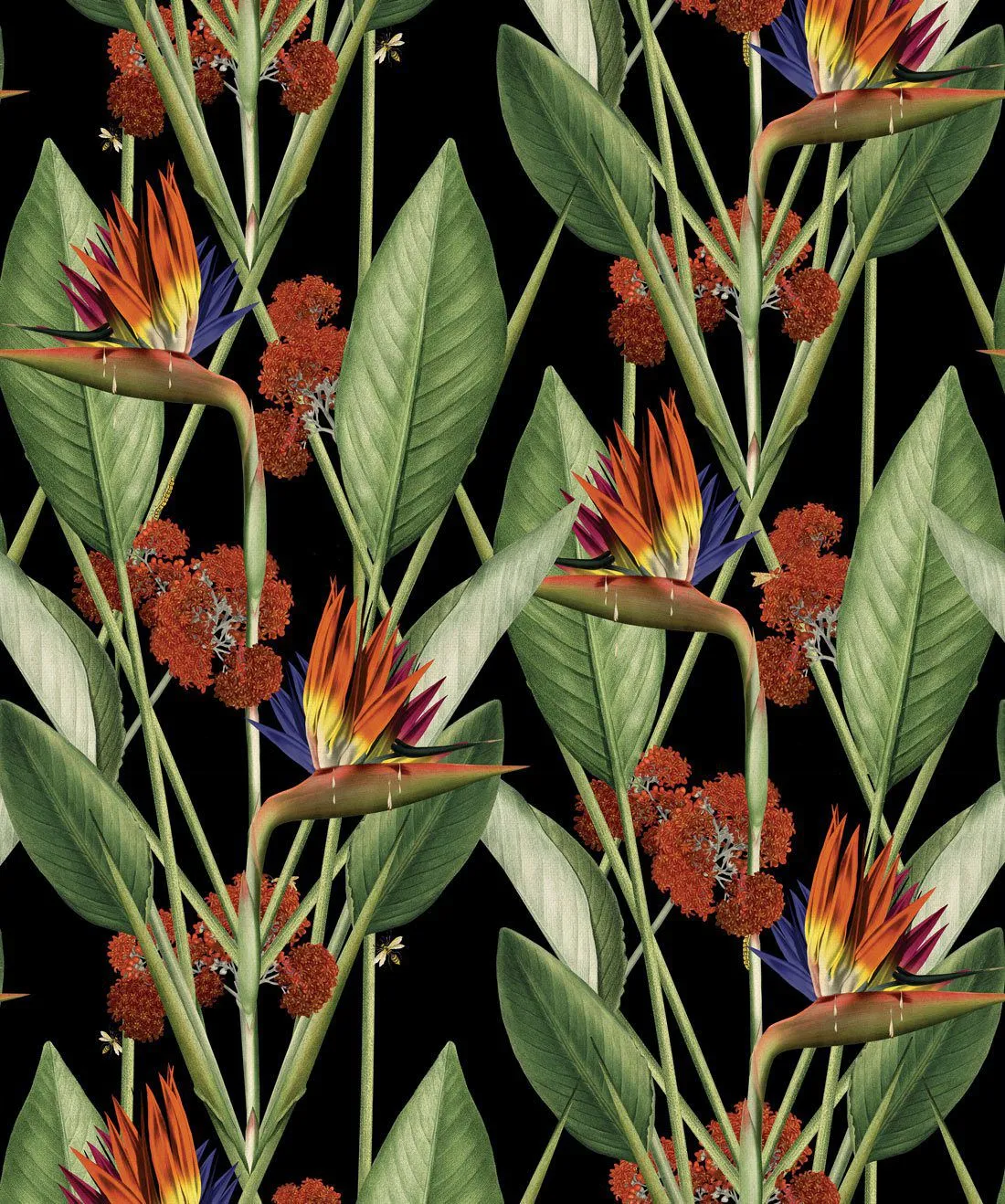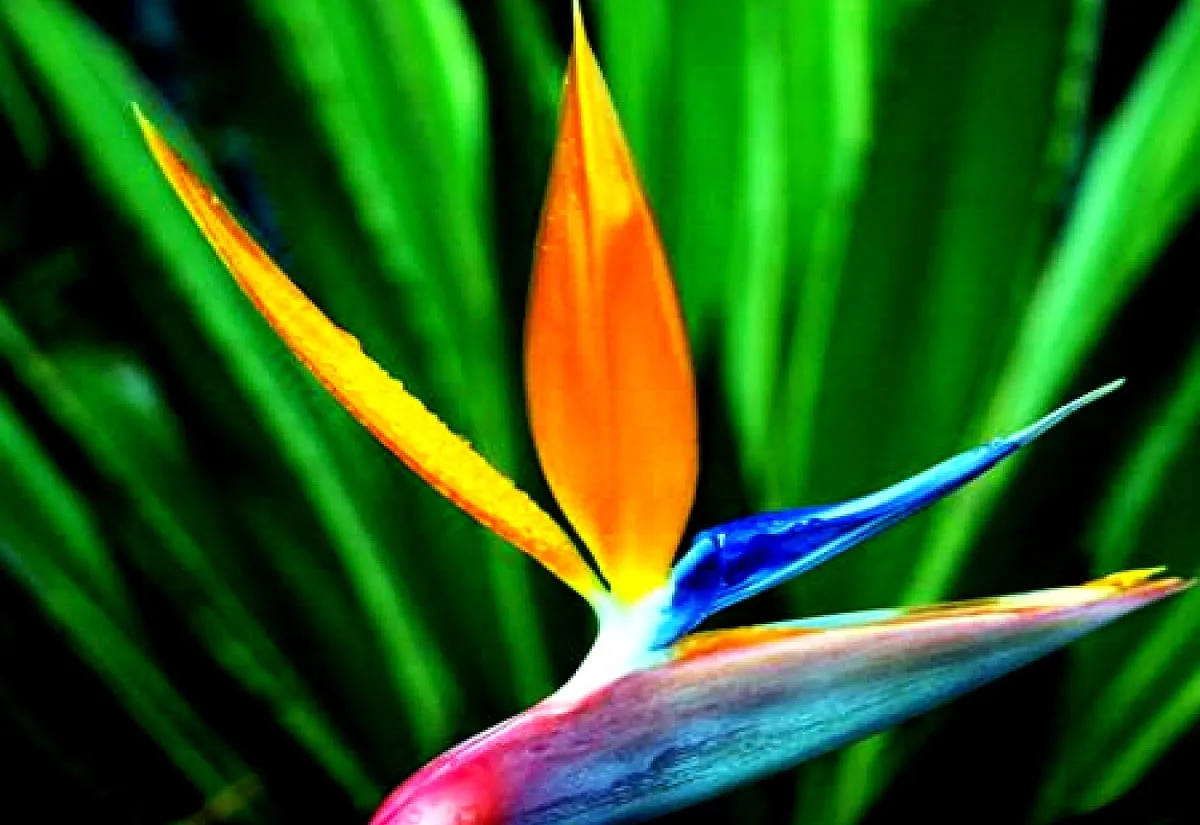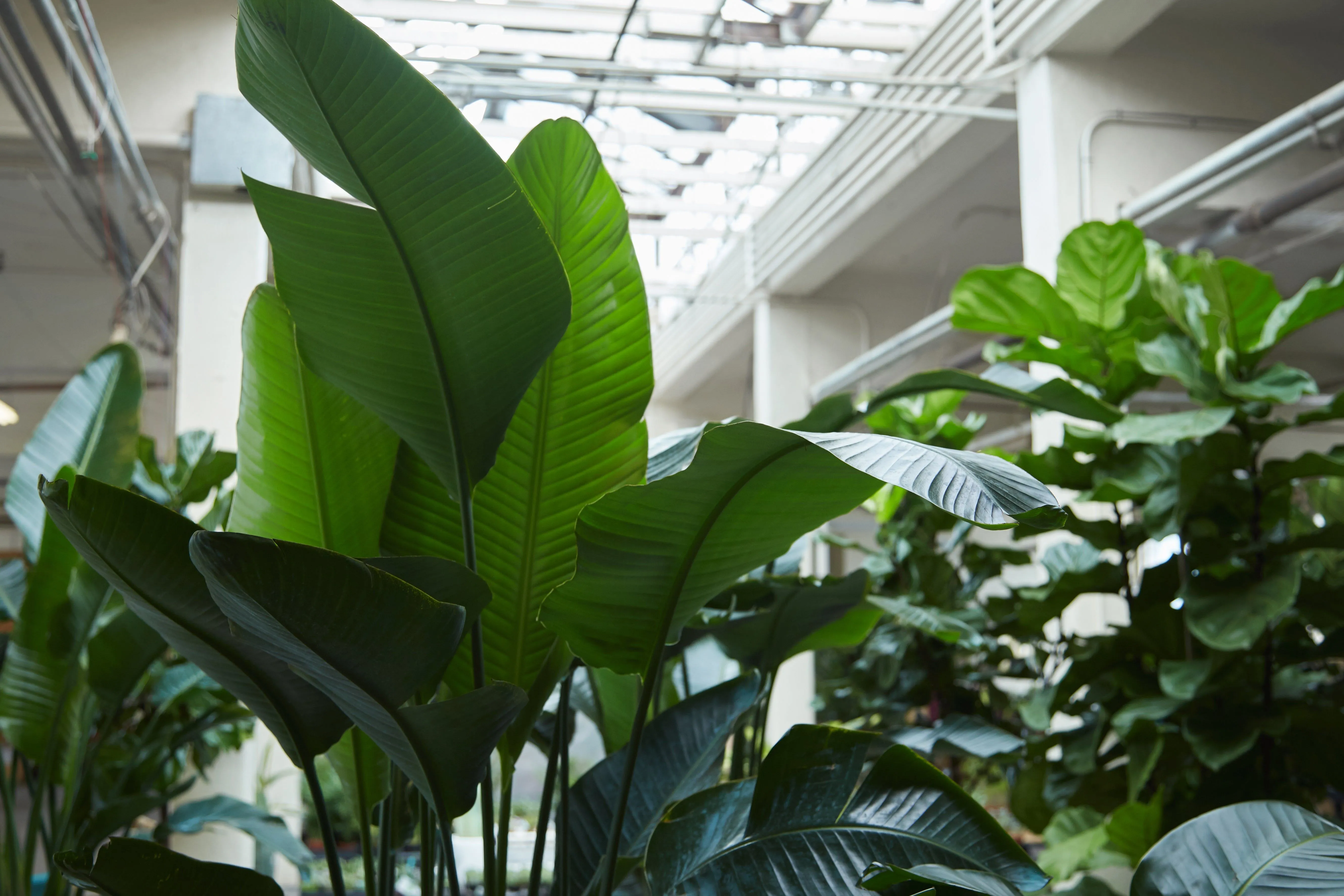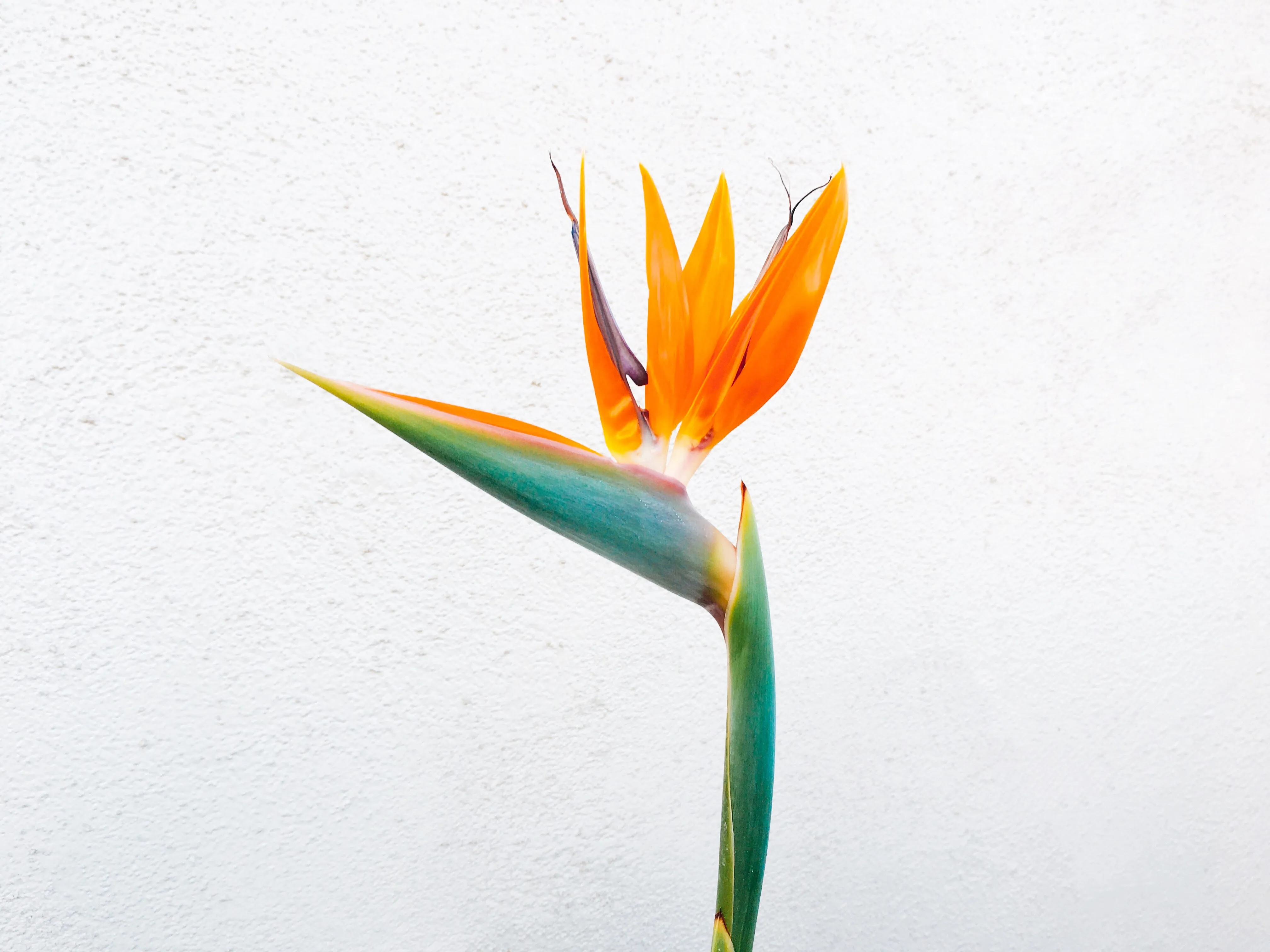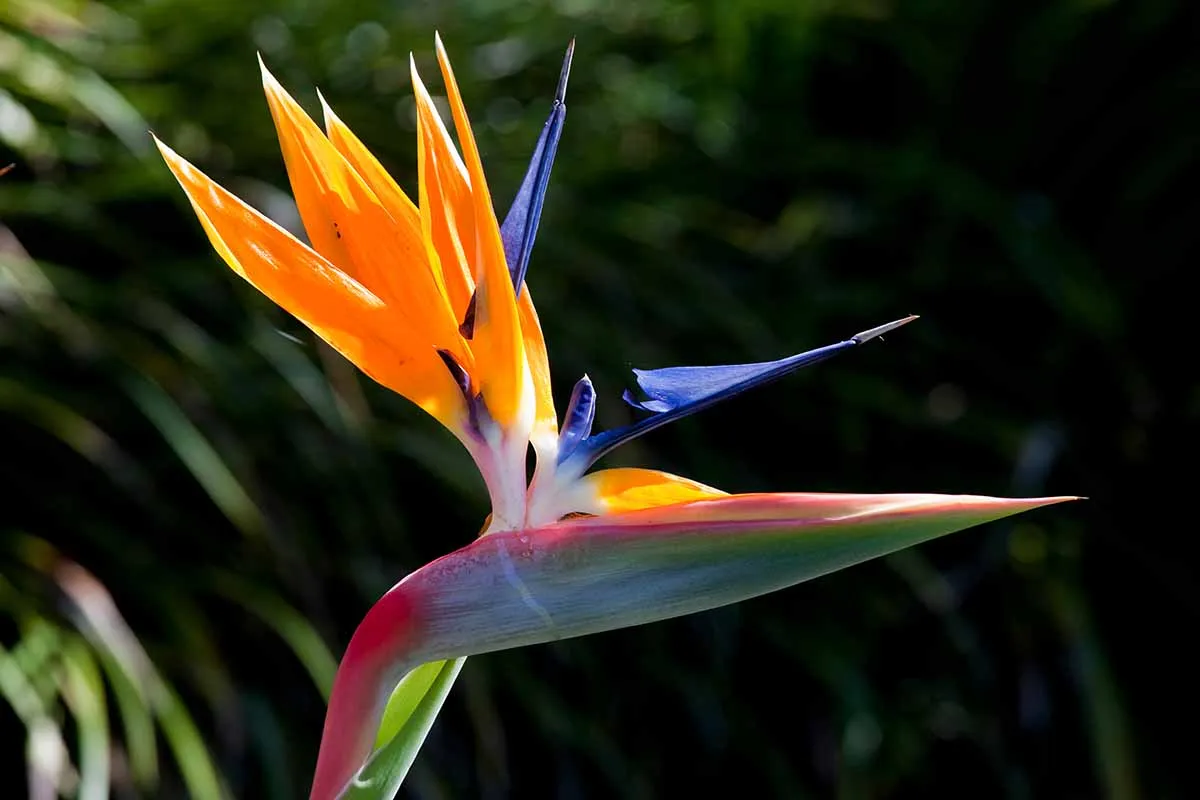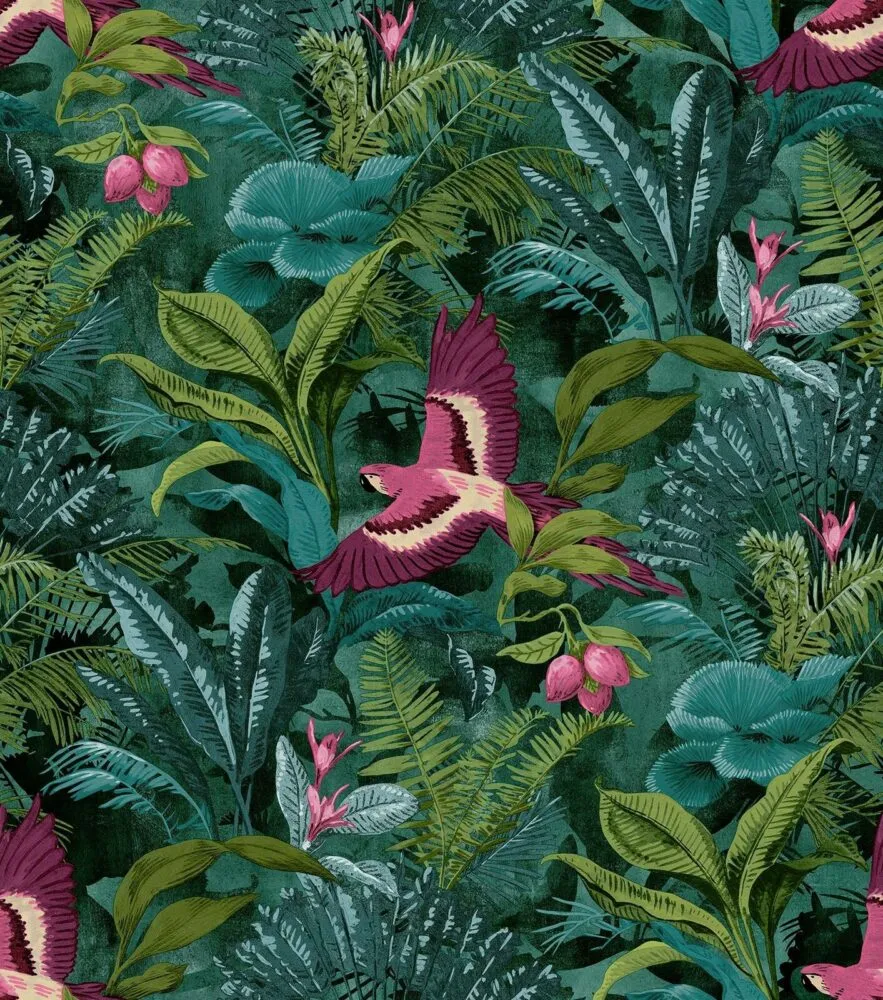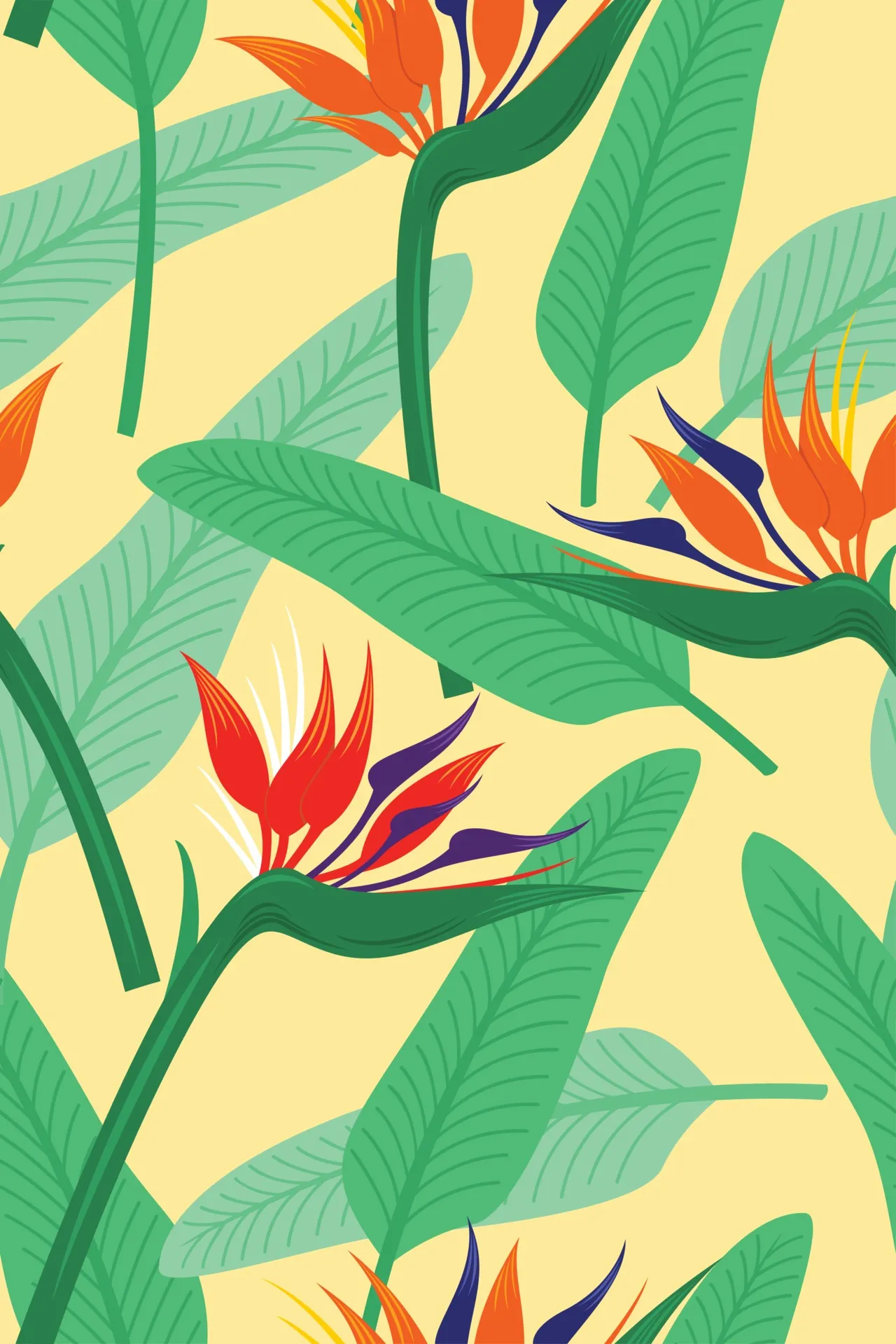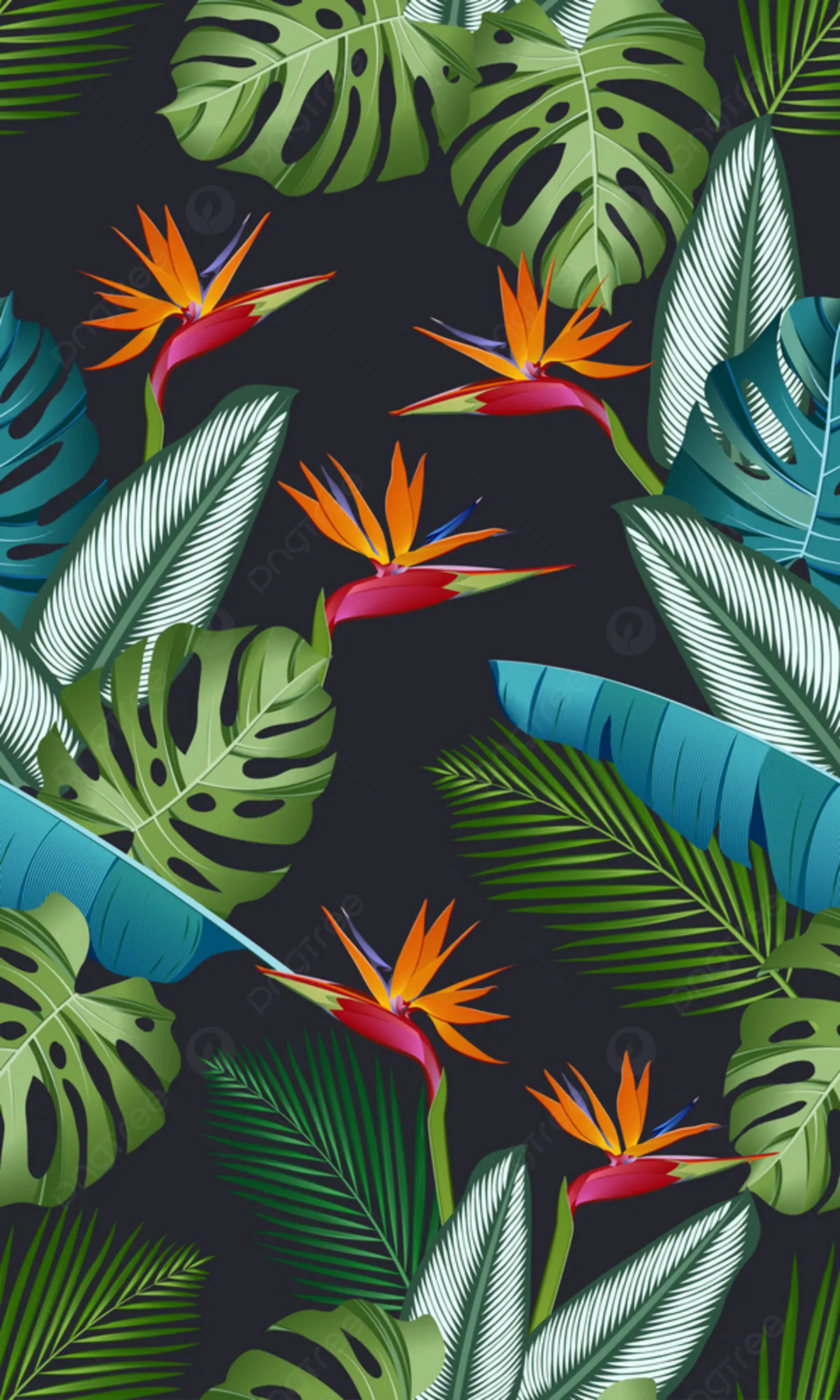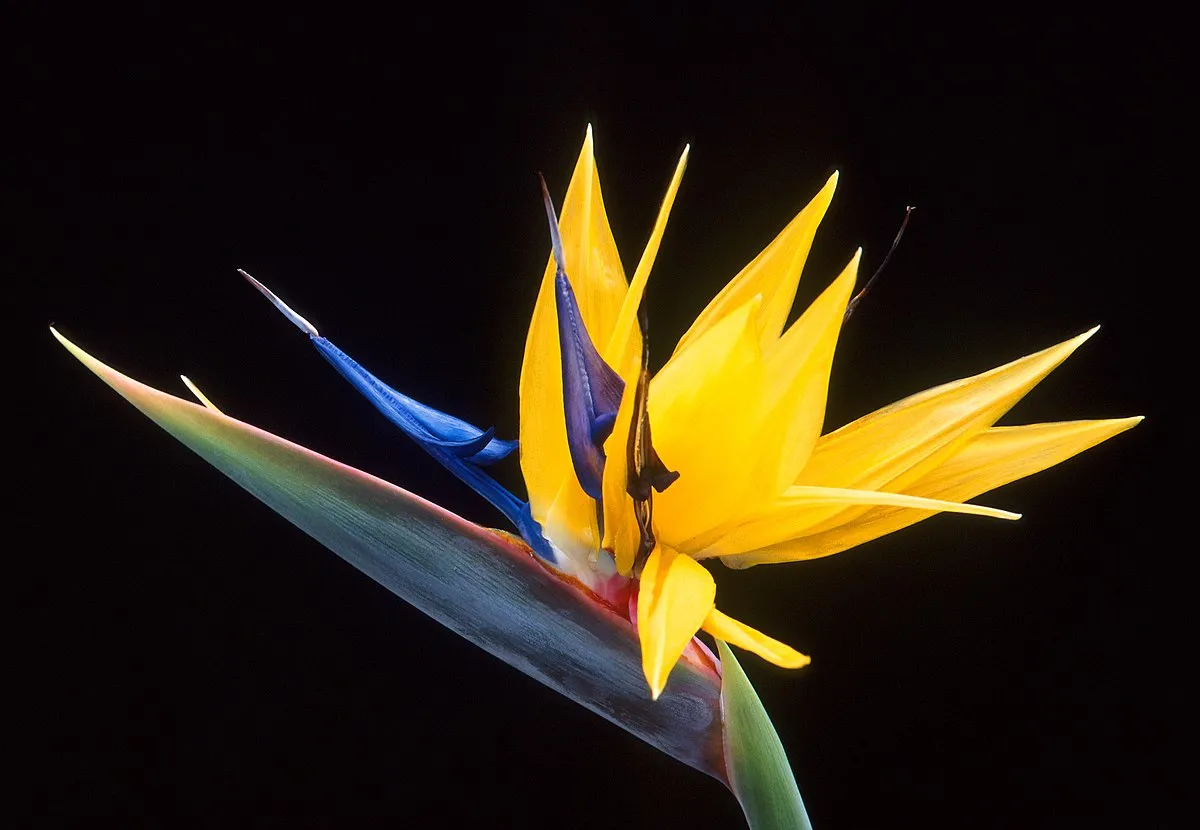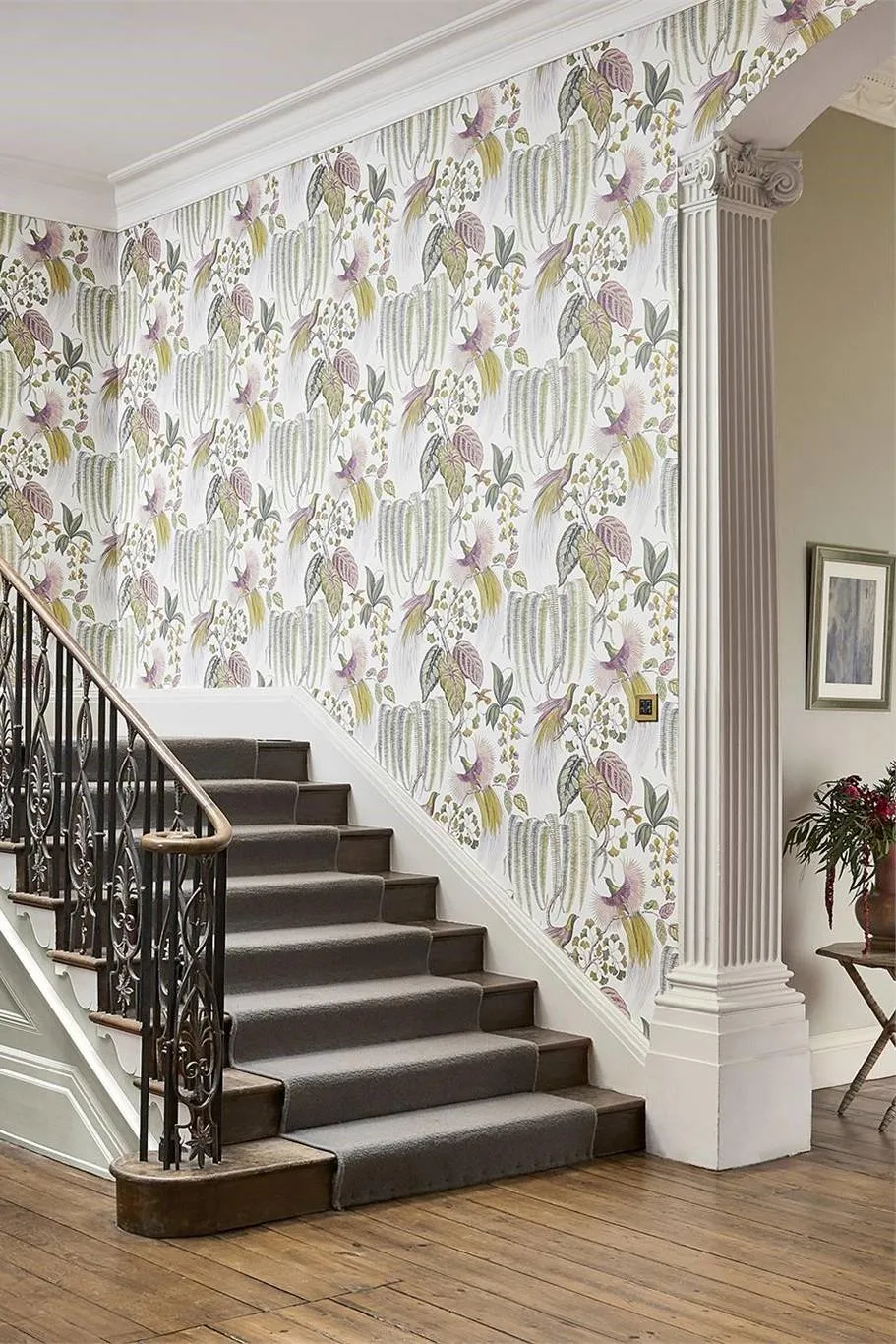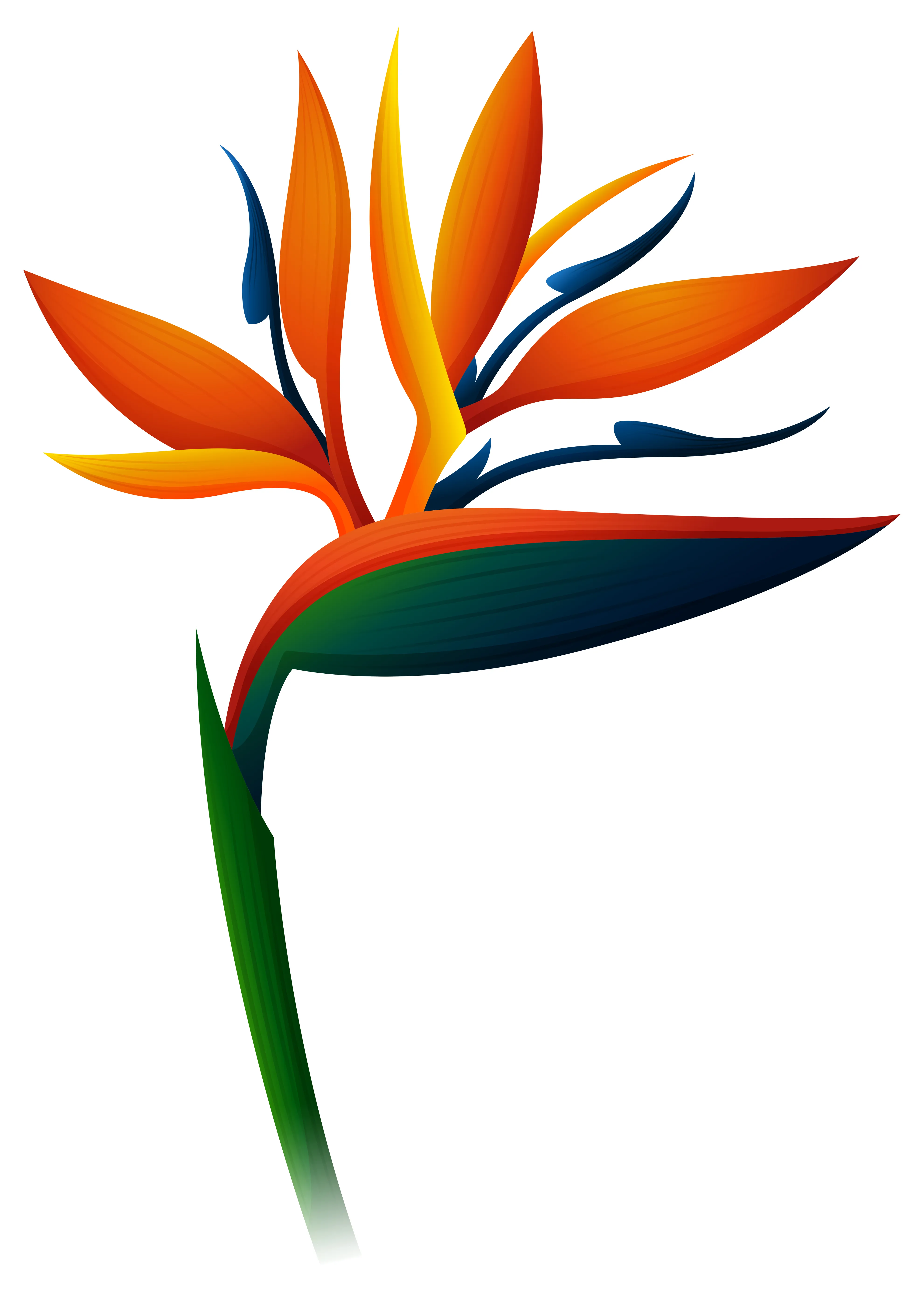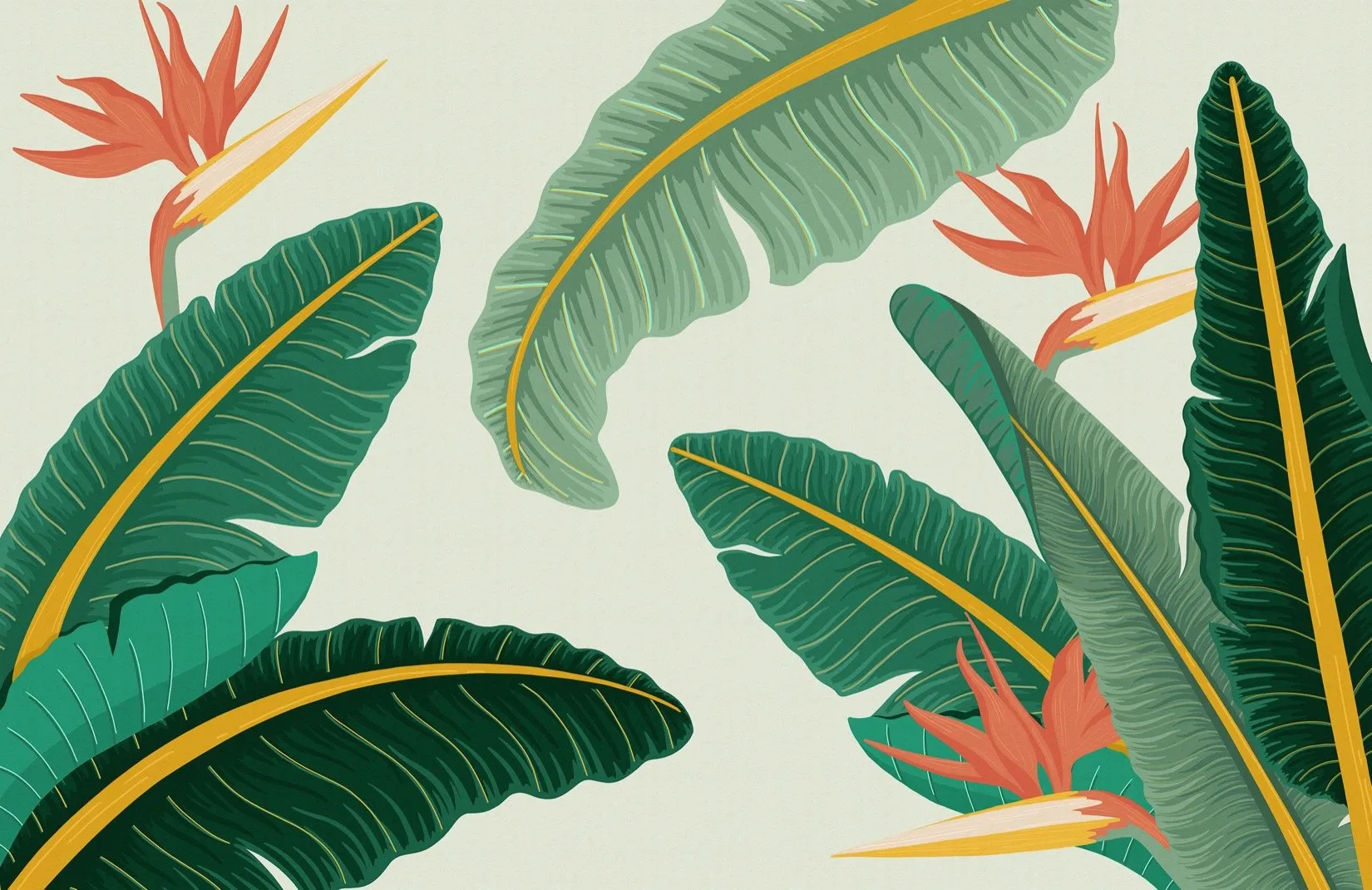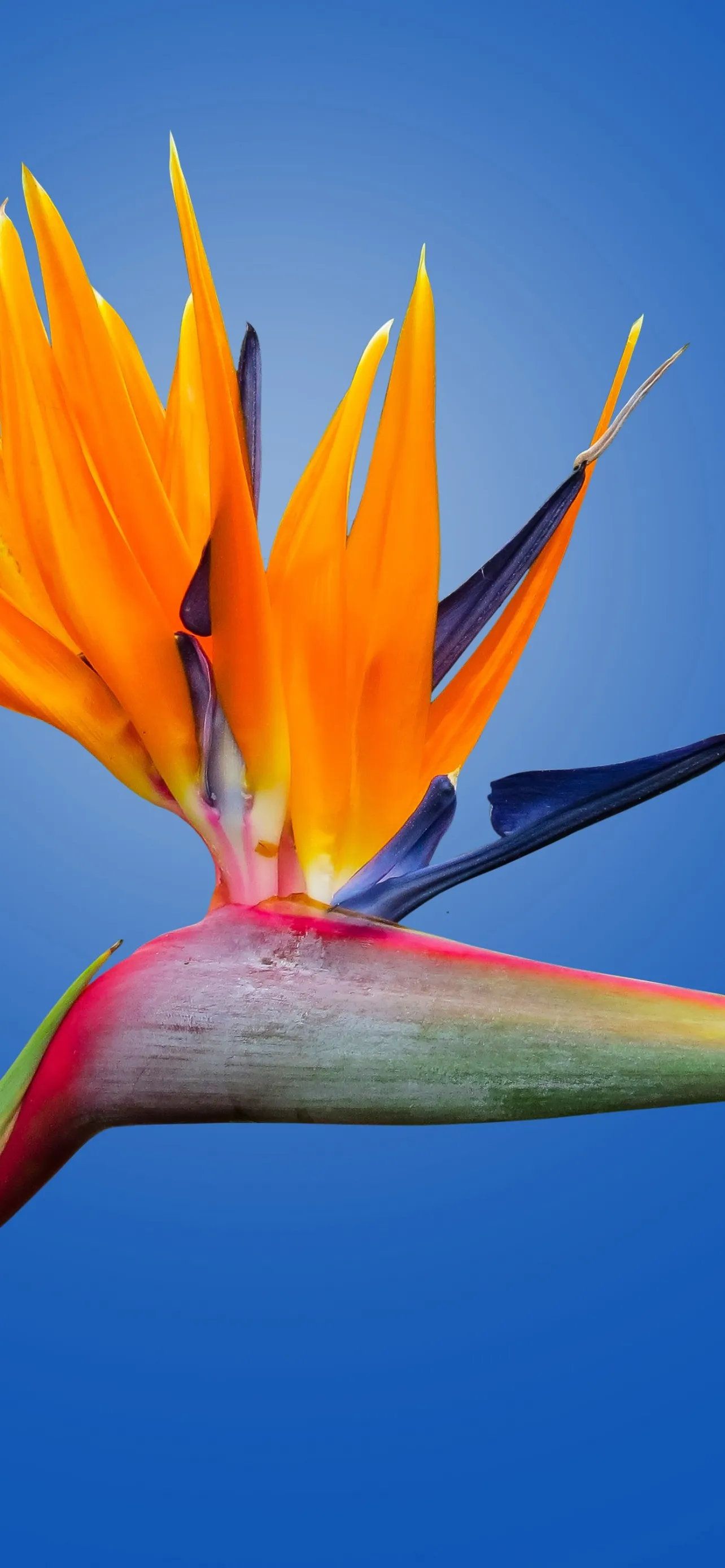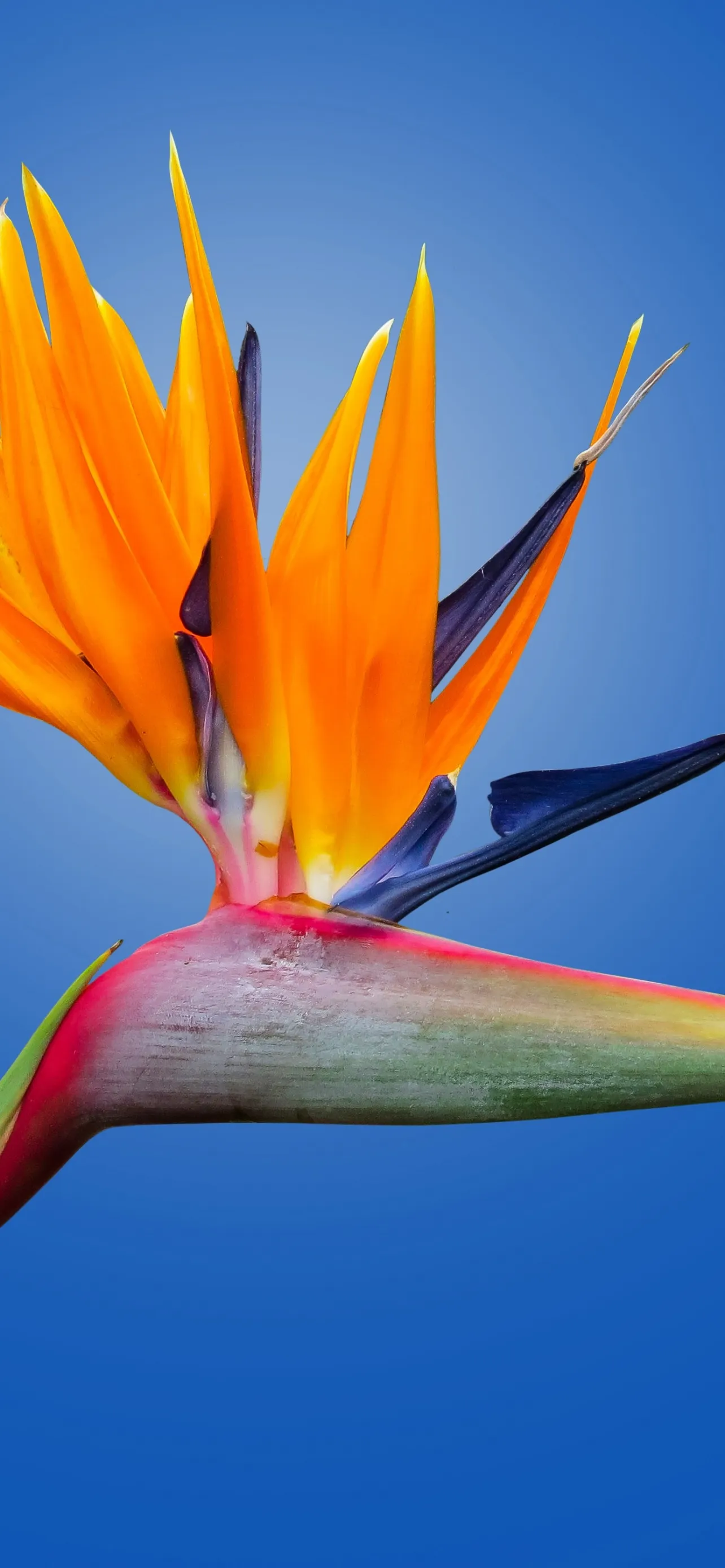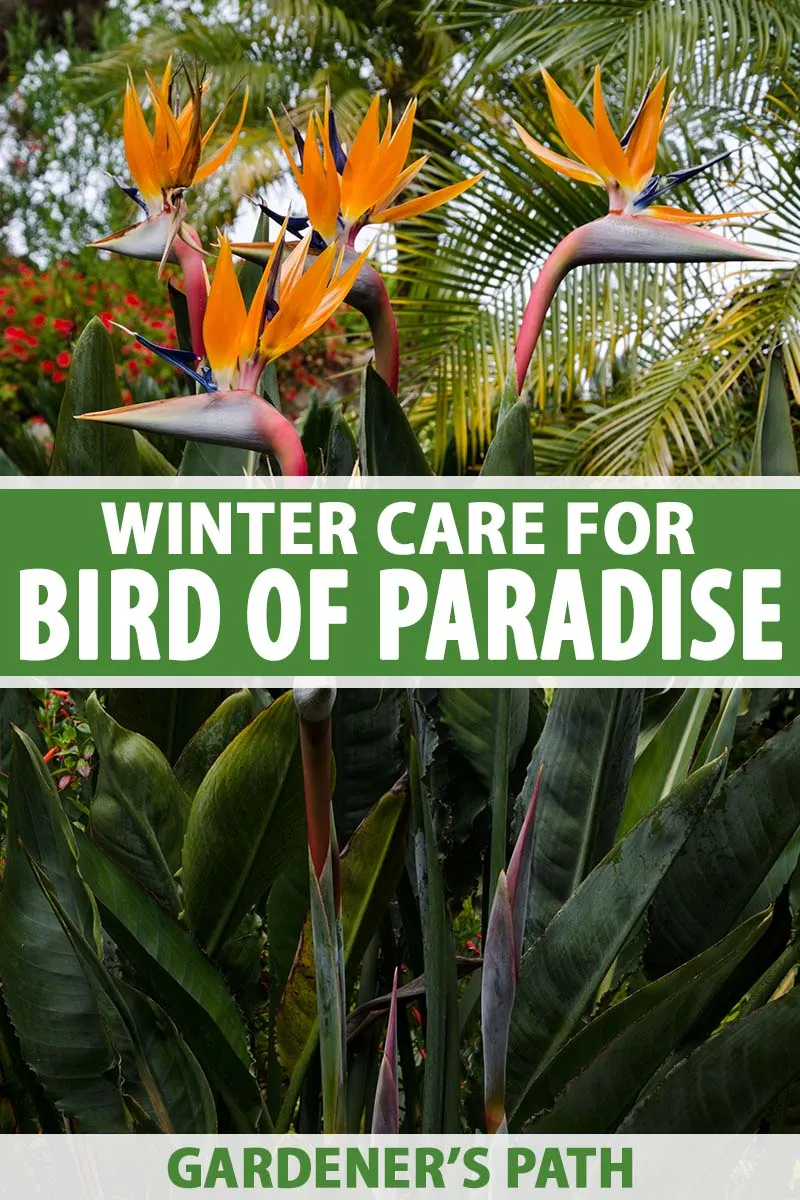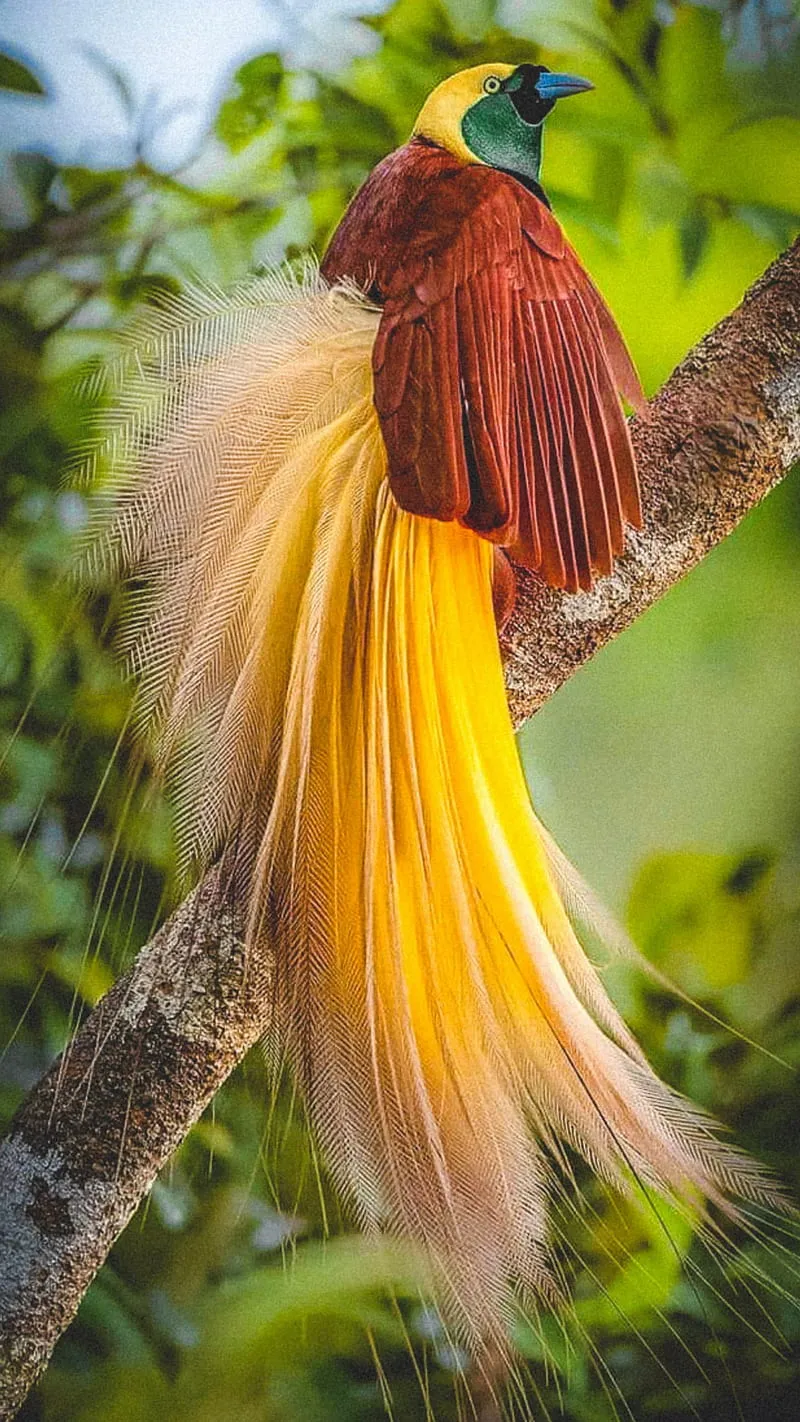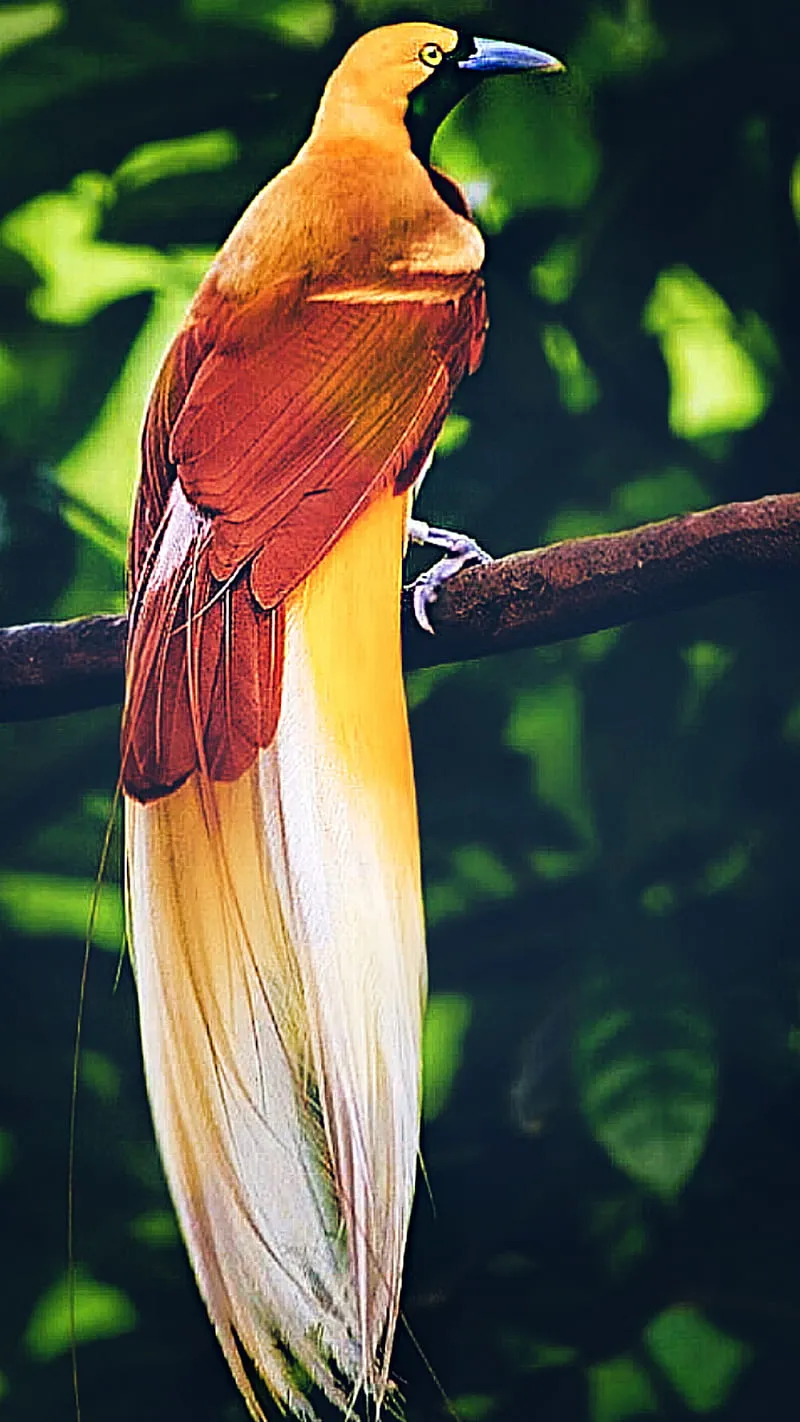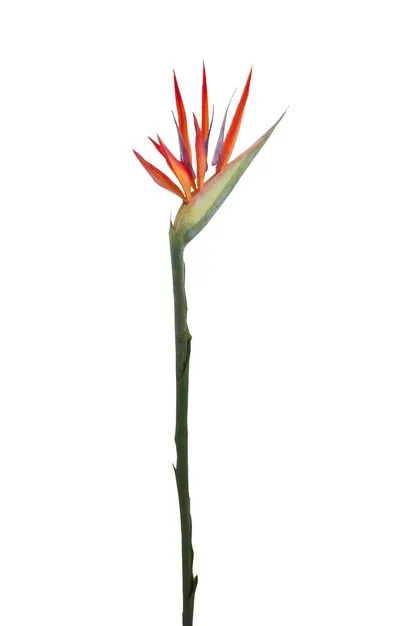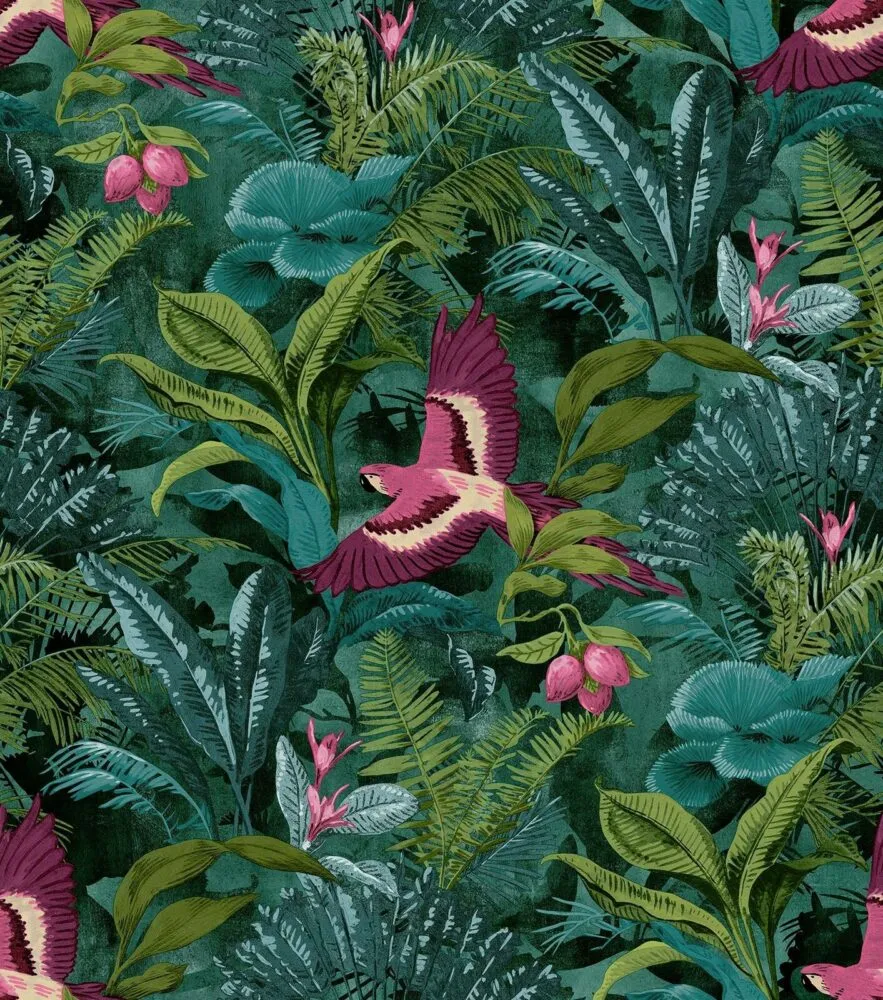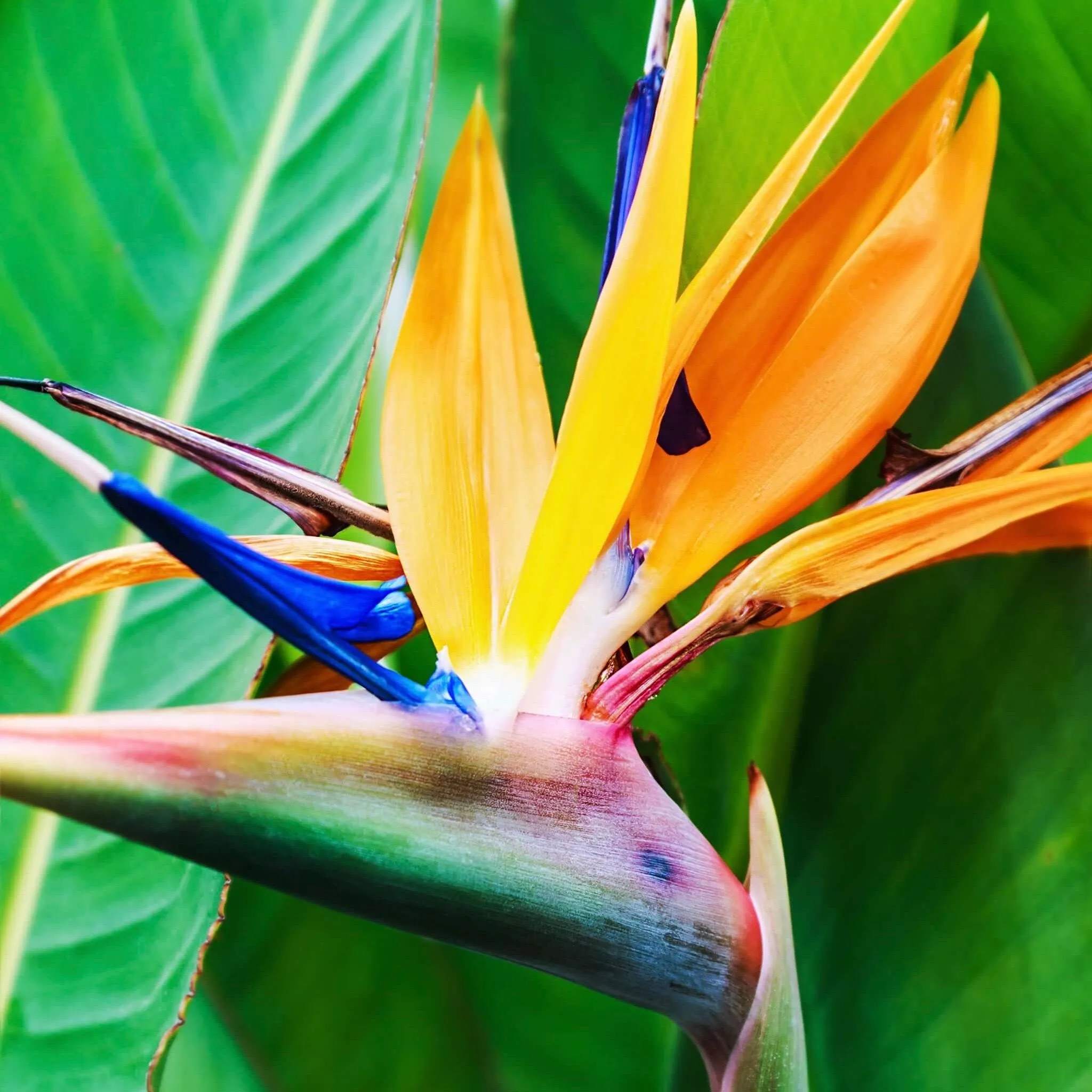Bird of Paradise: A Stunning Houseplant for Your Home
Houseplants are not only aesthetically pleasing but they also help to purify the air in our homes. If you're looking for a unique and exotic plant to add to your collection, consider the Bird of Paradise. This stunning plant is known for its vibrant colors, unique shape, and tropical feel. In this article, we'll explore everything you need to know about the Bird of Paradise, from its history and characteristics to how to care for it in your home.
History and Characteristics of the Bird of Paradise
The Bird of Paradise, also known as Strelitzia, is a native plant of South Africa. It was first introduced to Europe in the late 18th century by a botanist named Sir Joseph Banks. The plant was named after Queen Charlotte of Mecklenburg-Strelitz, the wife of King George III. The Bird of Paradise is a member of the Strelitziaceae family and is characterized by its large, paddle-shaped leaves and brightly colored flowers. The plant can grow up to six feet tall and three feet wide, making it an impressive addition to any room. The most recognizable feature of the Bird of Paradise is its unique flowers. The flowers are made up of three bright orange petals and three blue petals, which are fused together to form a shape that resembles a bird in flight. The flowers bloom on long stalks that can reach up to four feet in length. The Bird of Paradise also produces large seed pods that contain up to 20 seeds.
Types of Bird of Paradise Plants
There are five species of Bird of Paradise plants, each with its own unique characteristics. The most common species is Strelitzia reginae, which is also known as the Orange Bird of Paradise. This species has the classic orange and blue flowers and is the most commonly grown variety. Another popular species is Strelitzia nicolai, which is also known as the Giant White Bird of Paradise. This species has larger leaves and produces white flowers that are similar in shape to the Orange Bird of Paradise. Other species include Strelitzia juncea, Strelitzia alba, and Strelitzia caudata. Each species has its own unique characteristics and can add variety to your collection of houseplants.
How to Care for Your Bird of Paradise
The Bird of Paradise is a relatively easy plant to care for, but it does require specific conditions to thrive. Here are some tips on how to care for your Bird of Paradise:
Light
The Bird of Paradise requires bright, indirect sunlight to grow. It should be placed near a window that receives plenty of natural light but should not be exposed to direct sunlight, as this can burn the leaves.
Water
The Bird of Paradise prefers to be kept moist but not wet. It should be watered once a week, or when the top inch of soil feels dry to the touch. Be sure to use room temperature water, as cold water can shock the roots.
Soil
The Bird of Paradise prefers well-draining soil that is rich in organic matter. It should be planted in a pot with drainage holes to prevent water from accumulating in the soil.
Temperature
The Bird of Paradise prefers temperatures between 60-70°F (15-21°C). It should be kept away from drafts and cold air, as this can damage the leaves.
Humidity
The Bird of Paradise prefers a humid environment. If the air in your home is dry, you can increase humidity by placing a tray of water near the plant or by using a humidifier.
Fertilizer
The Bird of Paradise should be fertilized once a month during the growing season (spring and summer) with a balanced fertilizer. Be sure to follow the instructions on the fertilizer package, as over-fertilization can damage the plant.
Common Problems and Solutions
Like any plant, the Bird of Paradise can be susceptible to certain problems. Here are some common issues and solutions:
Brown or Yellow Leaves
If the leaves of your Bird of Paradise are turning brown or yellow, it may be a sign of overwatering or underwatering. Check the soil moisture and adjust your watering schedule accordingly.
Curling Leaves
If the leaves of your Bird of Paradise are curling, it may be a sign of low humidity. Increase humidity by placing a tray of water near the plant or by using a humidifier.
No Flowers
If your Bird of Paradise is not producing flowers, it may be due to a lack of sunlight. Move the plant to a brighter location to encourage flowering.
Pests
The Bird of Paradise can be susceptible to pests such as spider mites and mealybugs. Check your plant regularly for signs of infestation and treat with an appropriate insecticide if necessary.
Conclusion
The Bird of Paradise is a stunning and unique houseplant that can add a touch of the tropics to your home. With its vibrant colors and distinctive shape, it is sure to be a conversation starter. By following the tips outlined in this article, you can ensure that your Bird of Paradise thrives and continues to be a beautiful addition to your collection of houseplants.
Frequently asked questions about Bird of Paradise wallpapers
What is Bird of Paradise?
Bird of Paradise is a tropical plant native to South Africa that is known for its striking orange and blue flowers that resemble a bird's head.
What category are the Bird of Paradise pictures listed under?
The Bird of Paradise pictures are listed under the "Houseplants" category.
Can I download the Bird of Paradise pictures for free?
Yes, you can download the Bird of Paradise pictures for free.
What file types are available for download?
You can download the Bird of Paradise pictures in .jpg, .png, and .webp file types.
Can I choose different sizes for the pictures?
Yes, you can choose different sizes for the pictures by selecting the desired width and height.
Does the website automatically detect the visitor's screen size?
Yes, the website automatically detects the visitor's screen size and chooses the appropriate size for the pictures.
How many Bird of Paradise pictures are available for download?
There are 54 Bird of Paradise pictures available for download.
Are the Bird of Paradise pictures suitable for commercial use?
Yes, the Bird of Paradise pictures are suitable for commercial use.
Do I need to credit the website when using the Bird of Paradise pictures?
No, you do not need to credit the website when using the Bird of Paradise pictures. However, it is appreciated if you do so.


